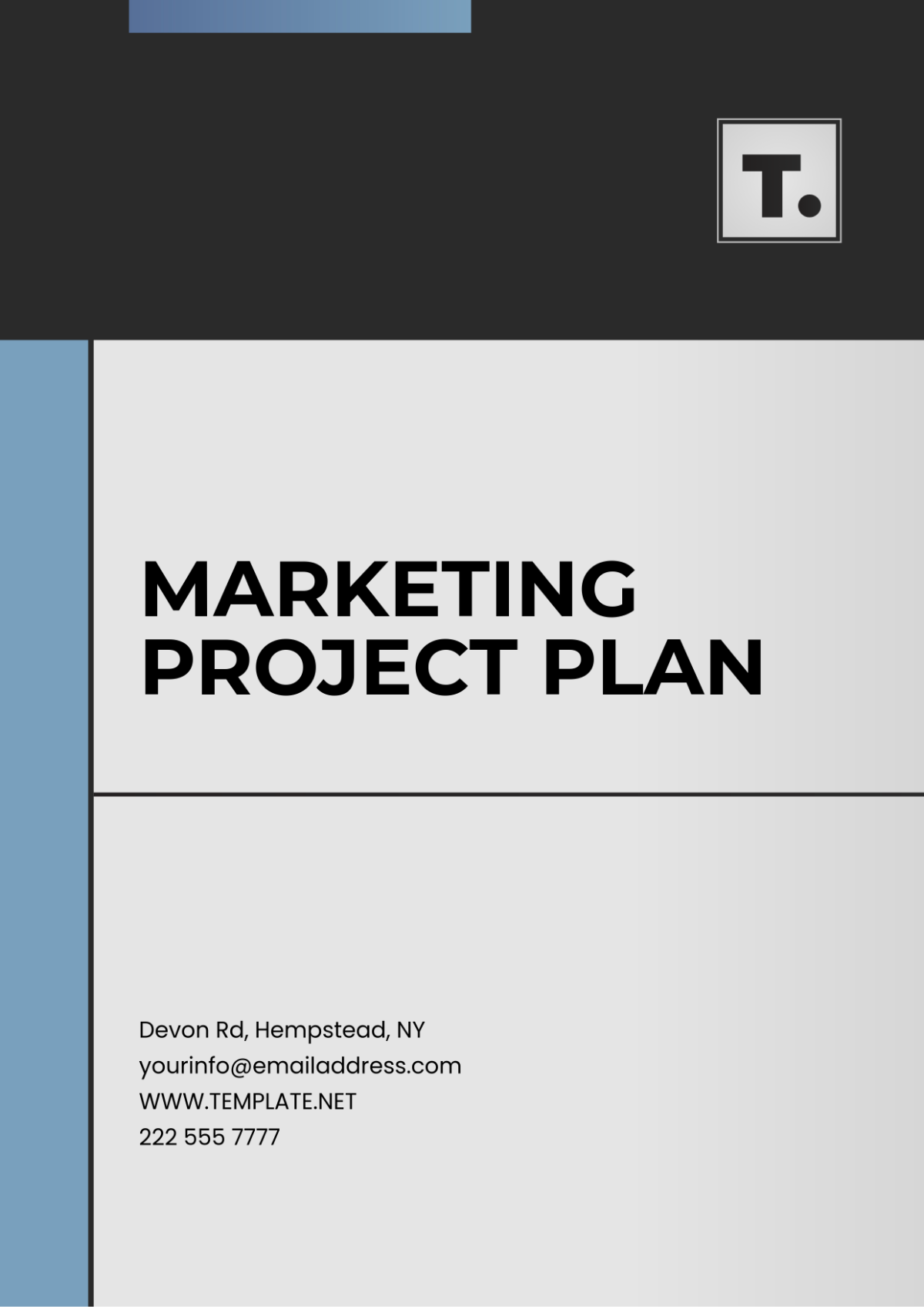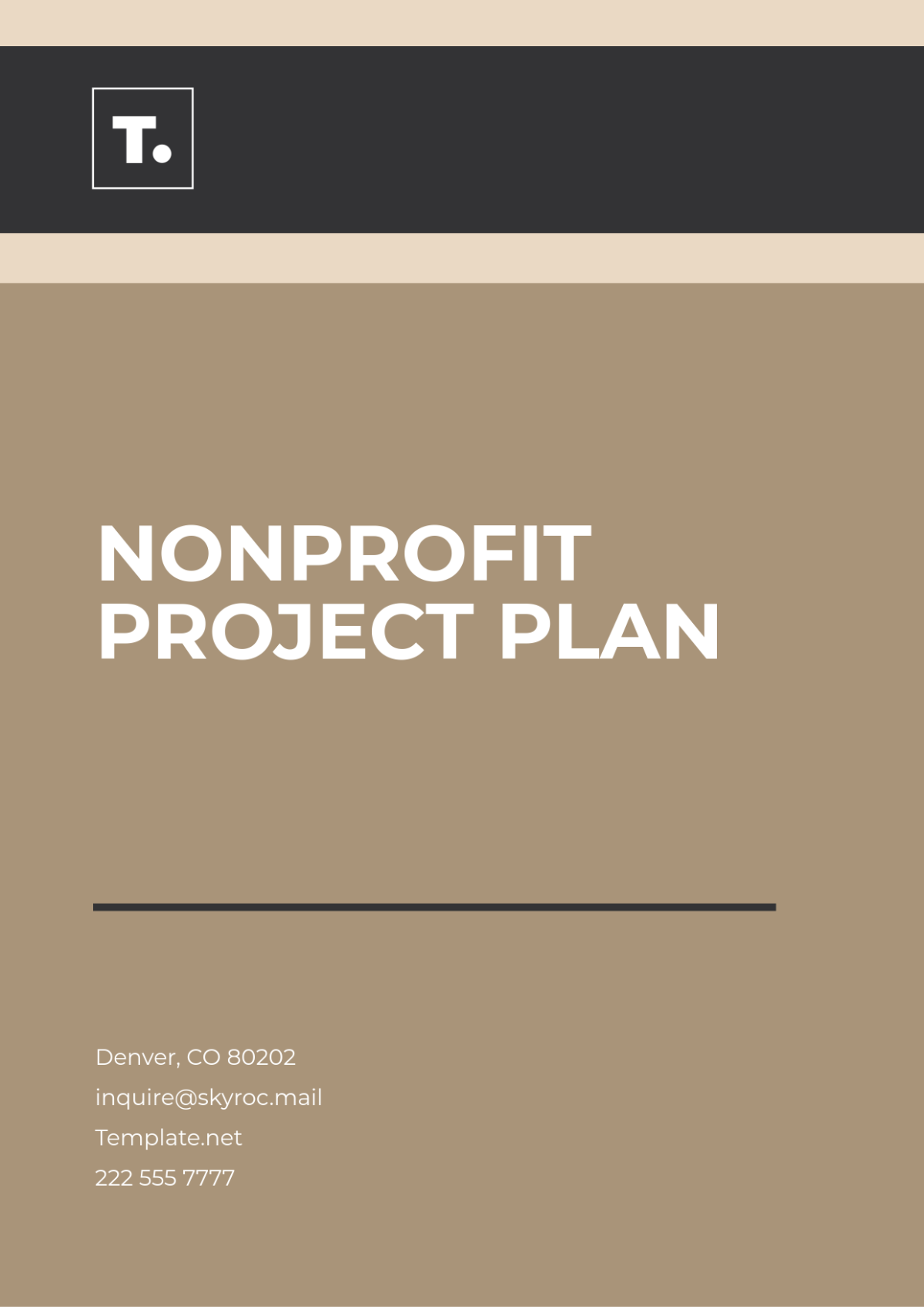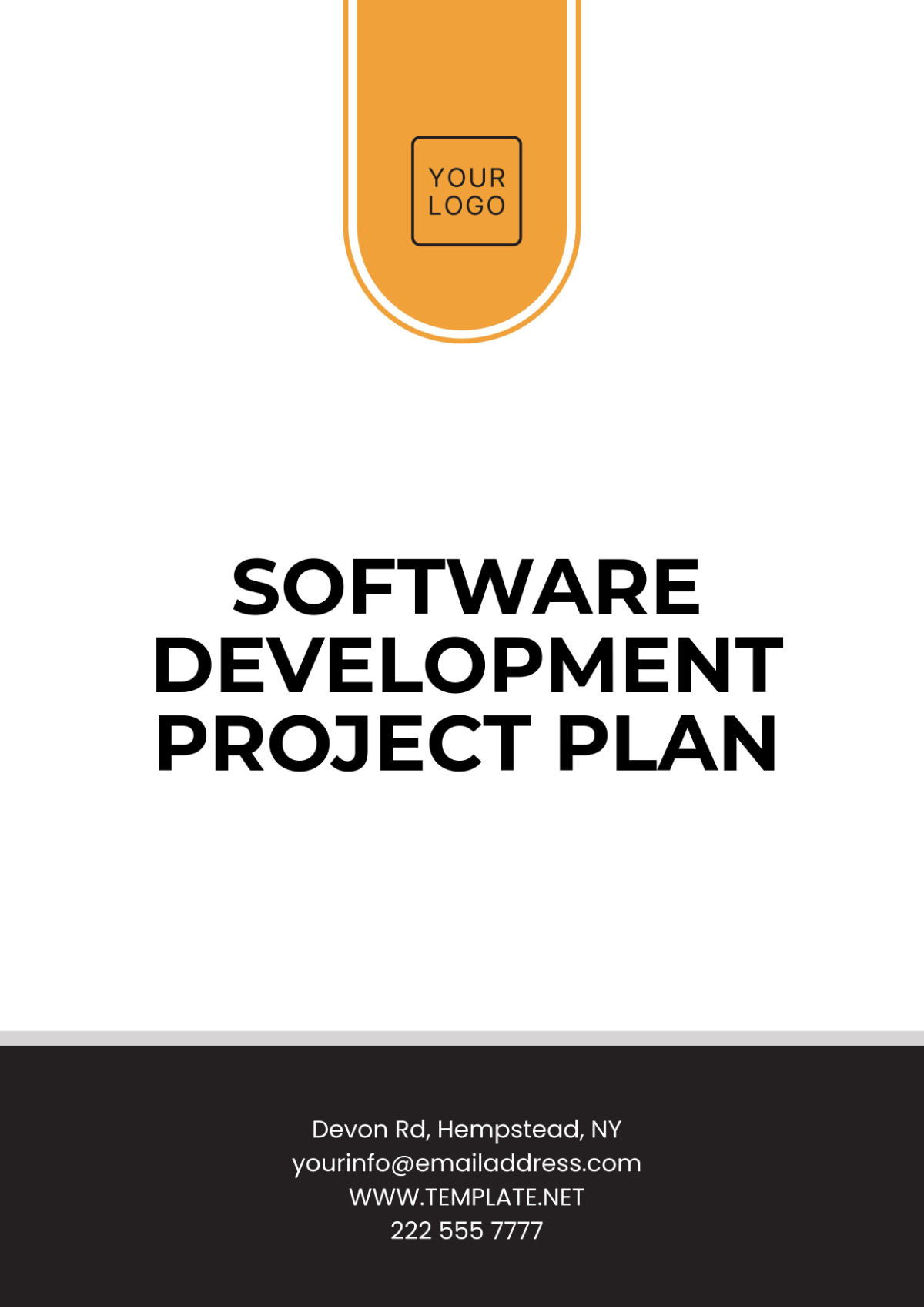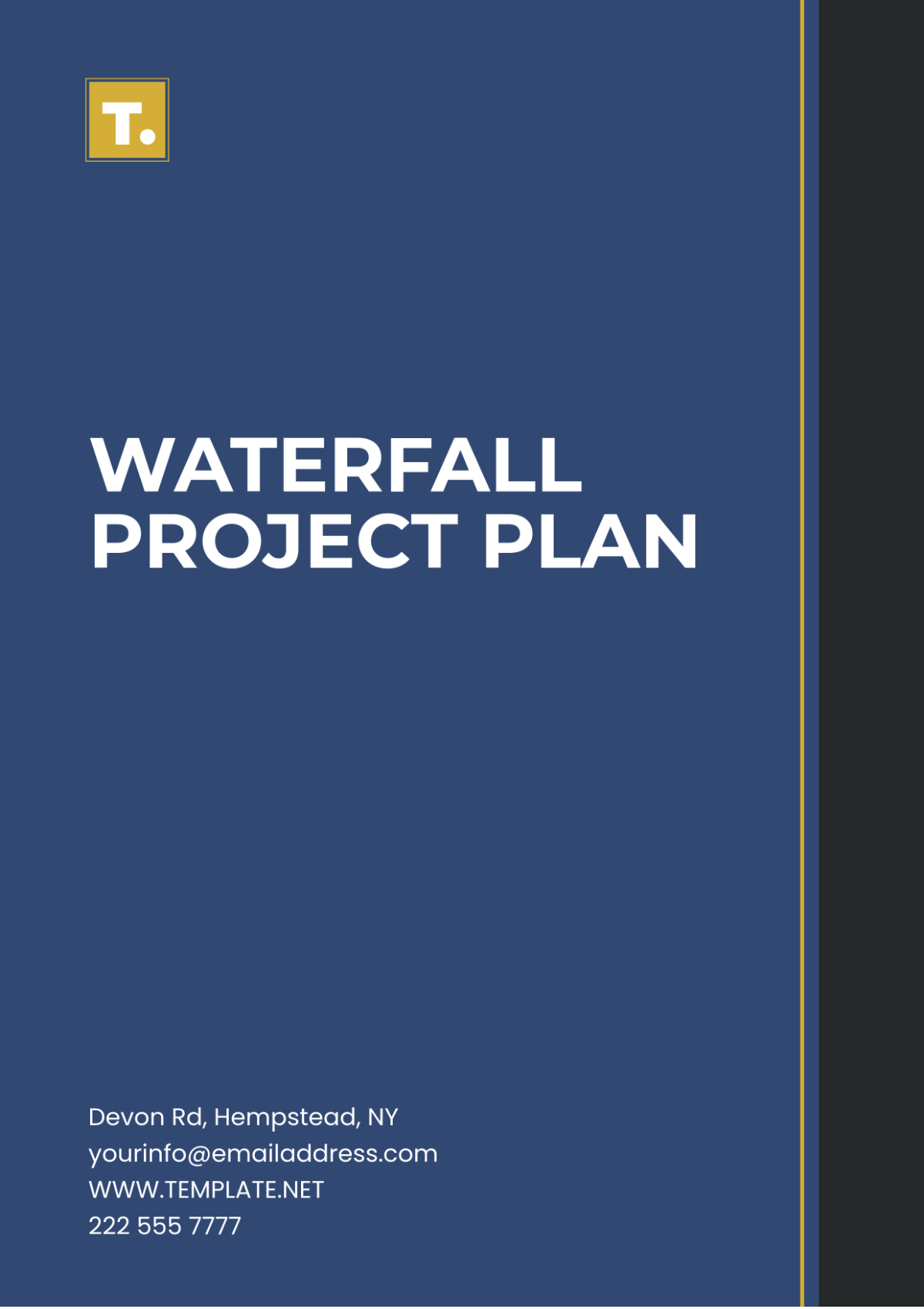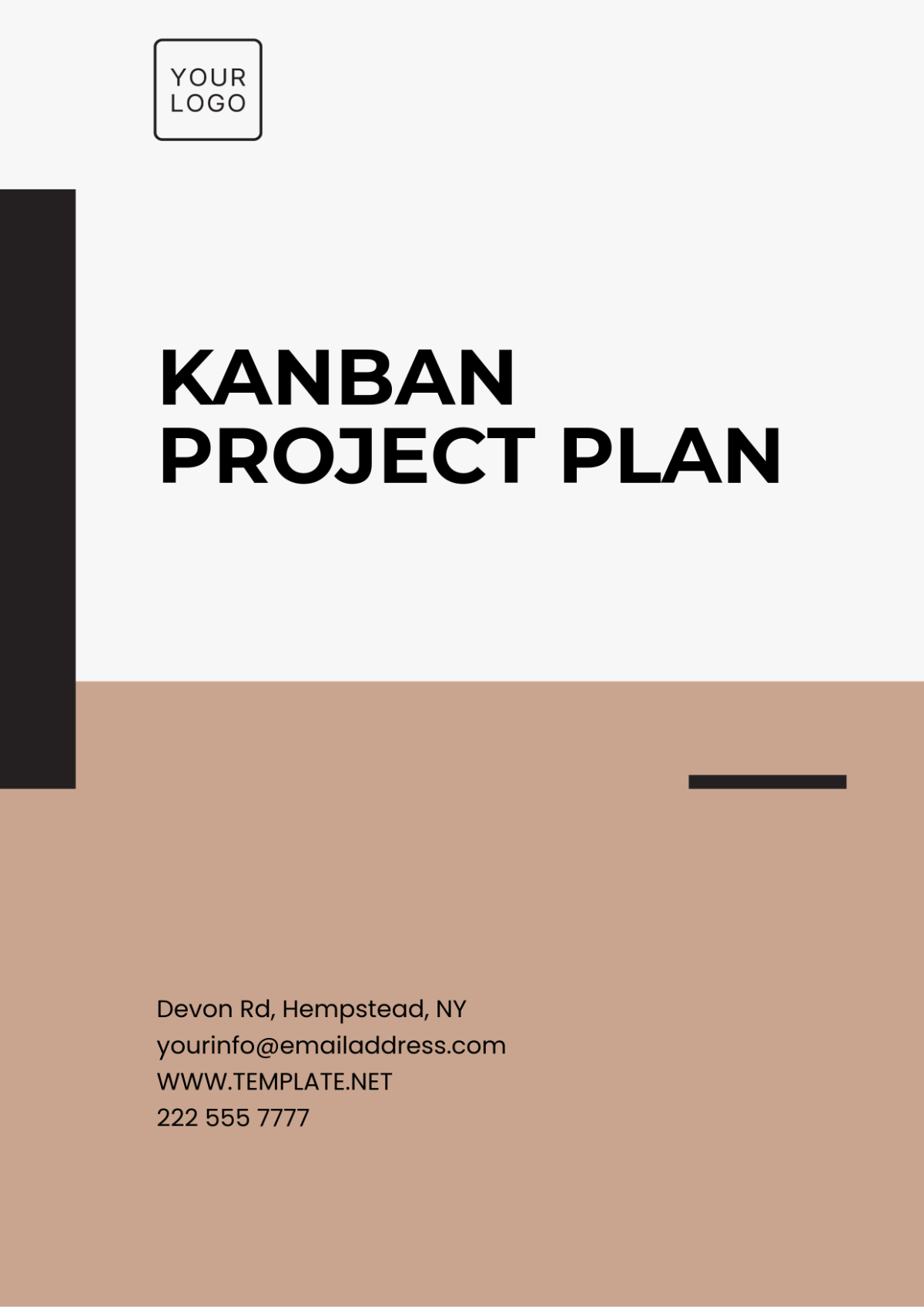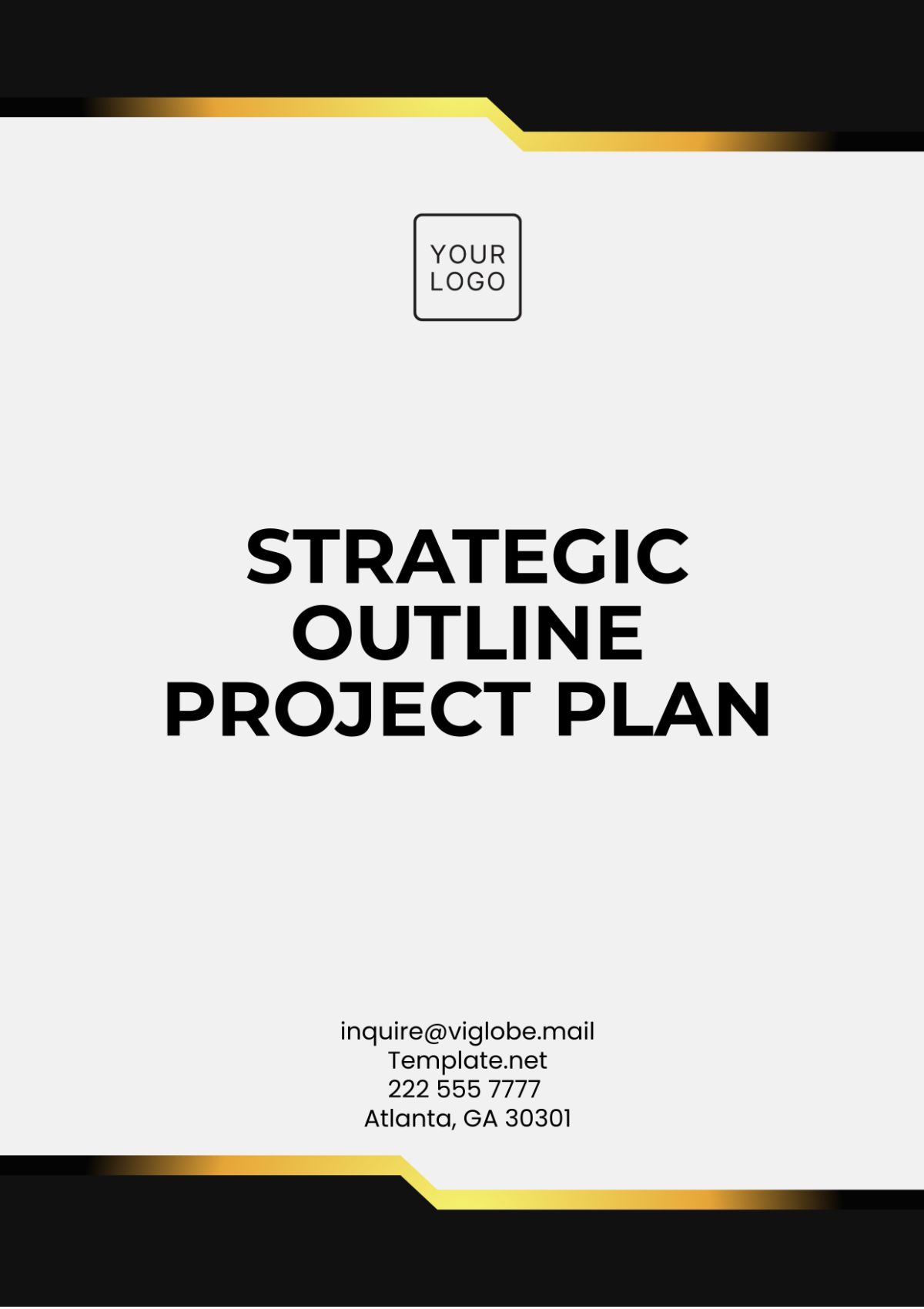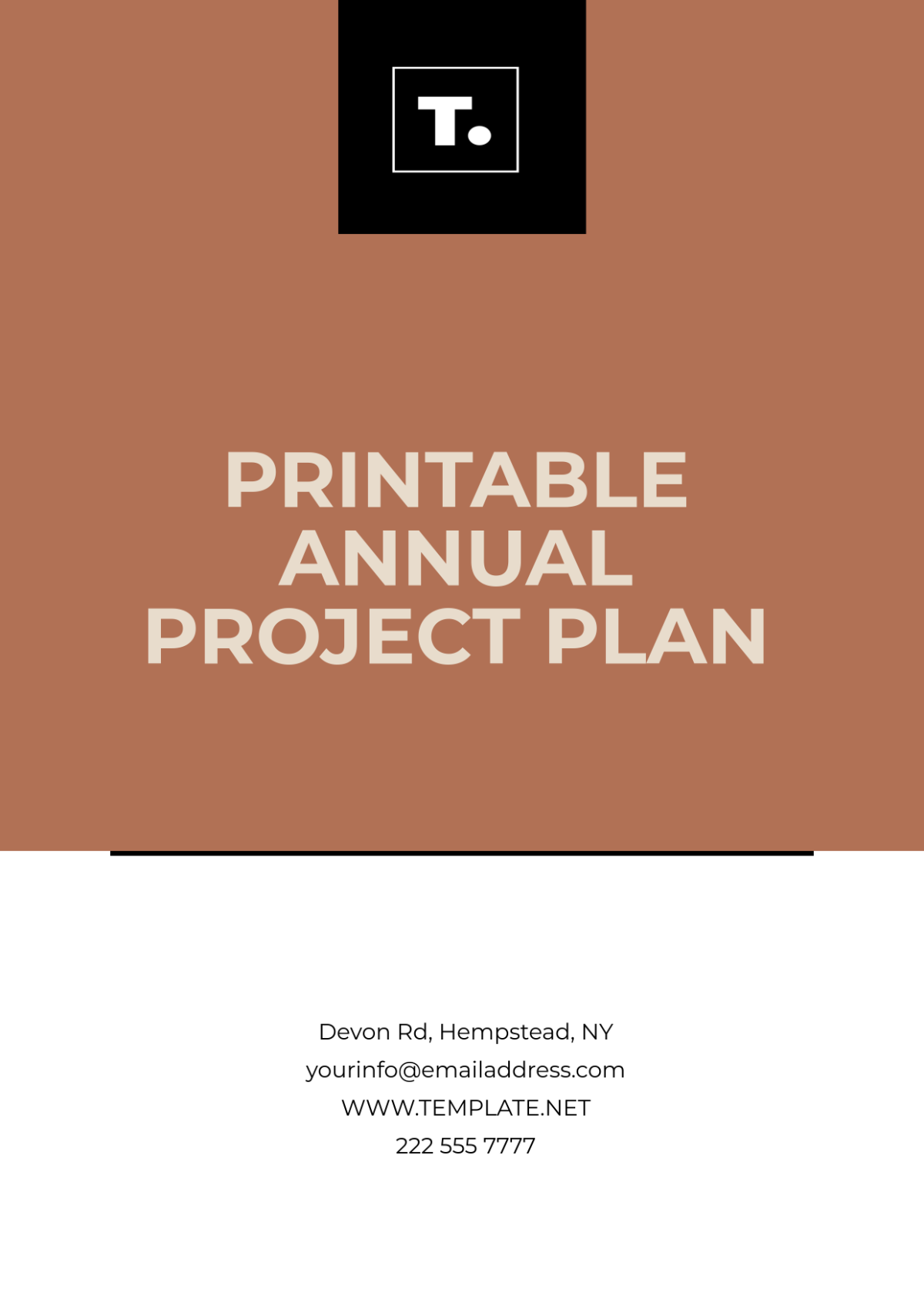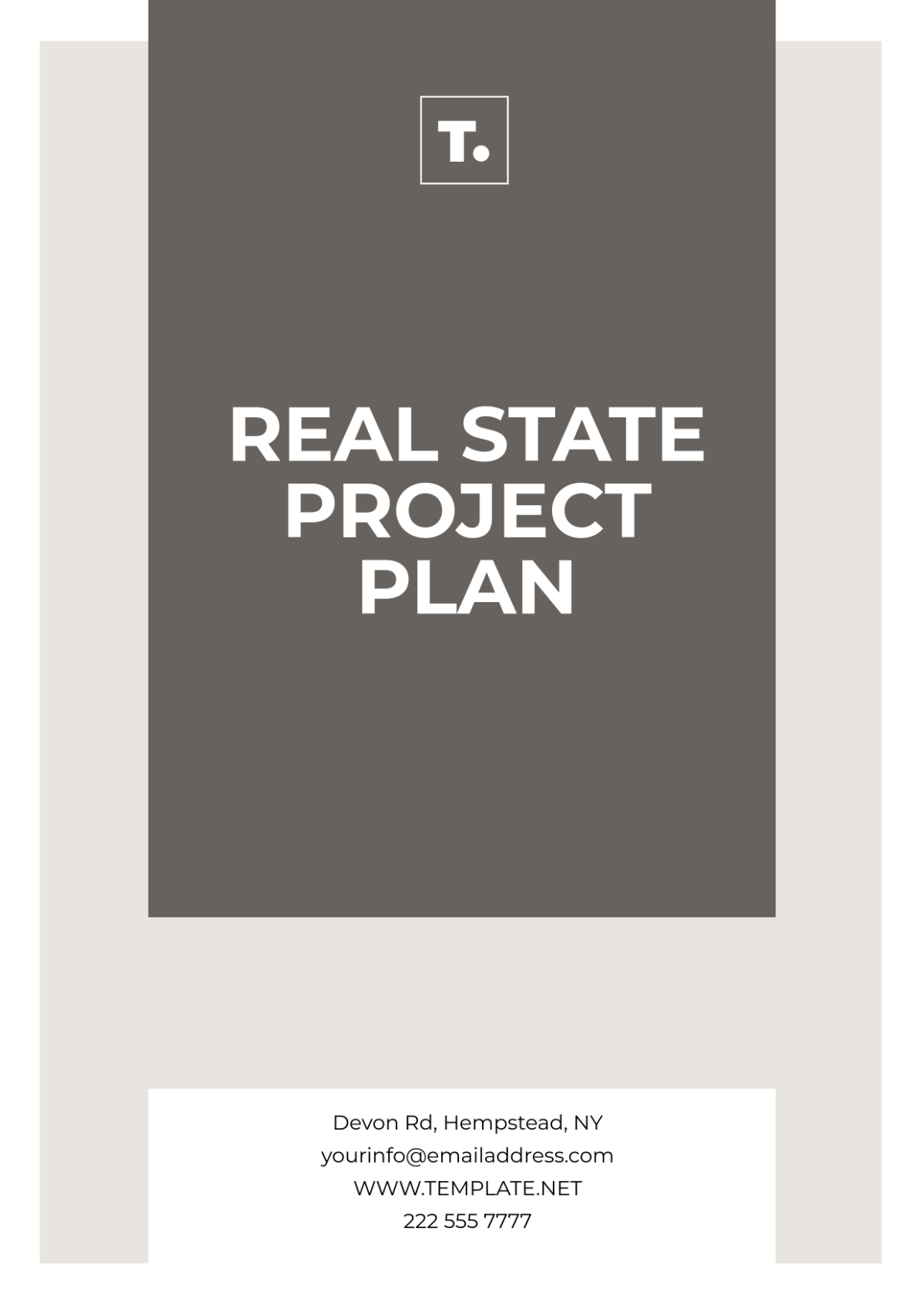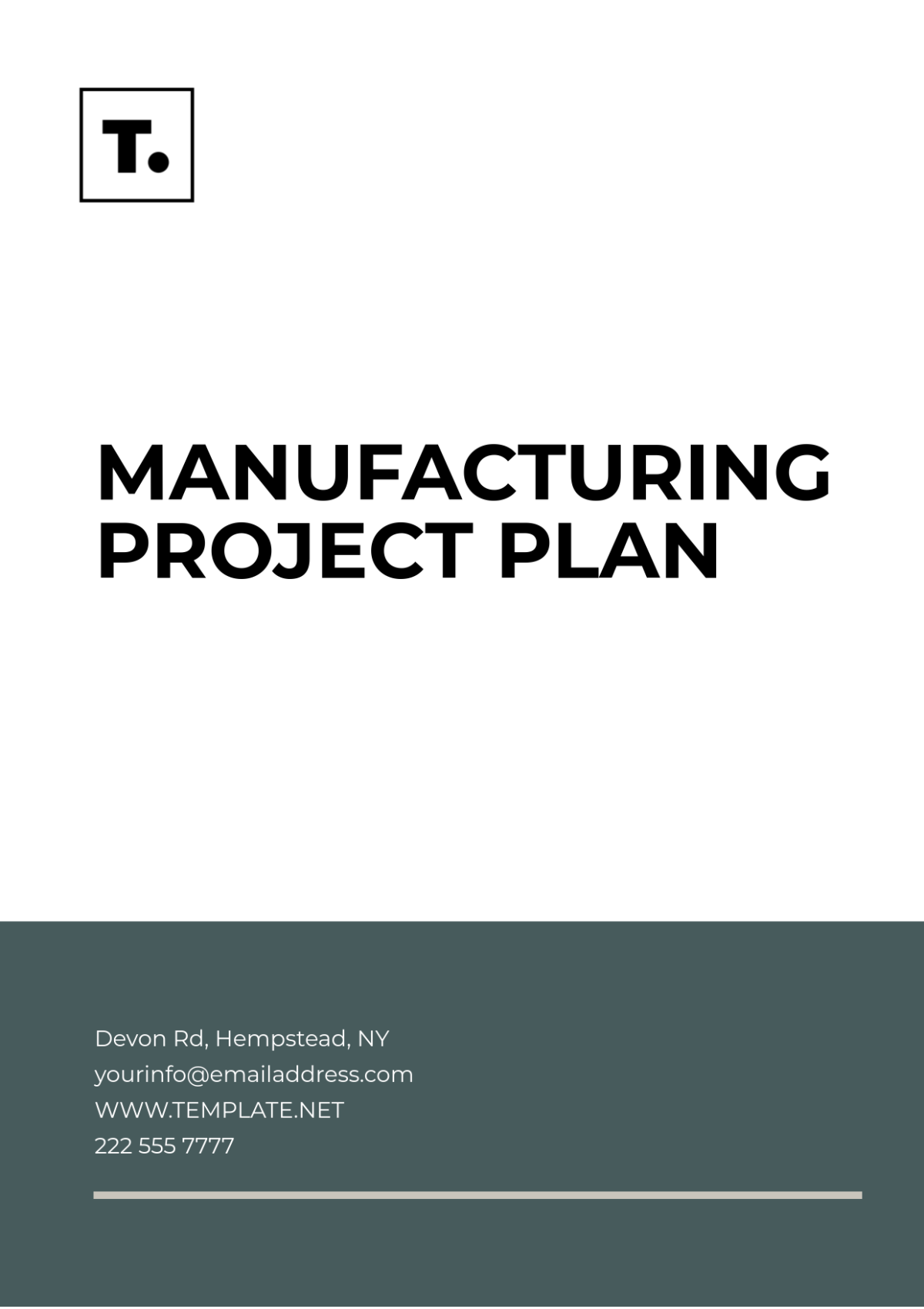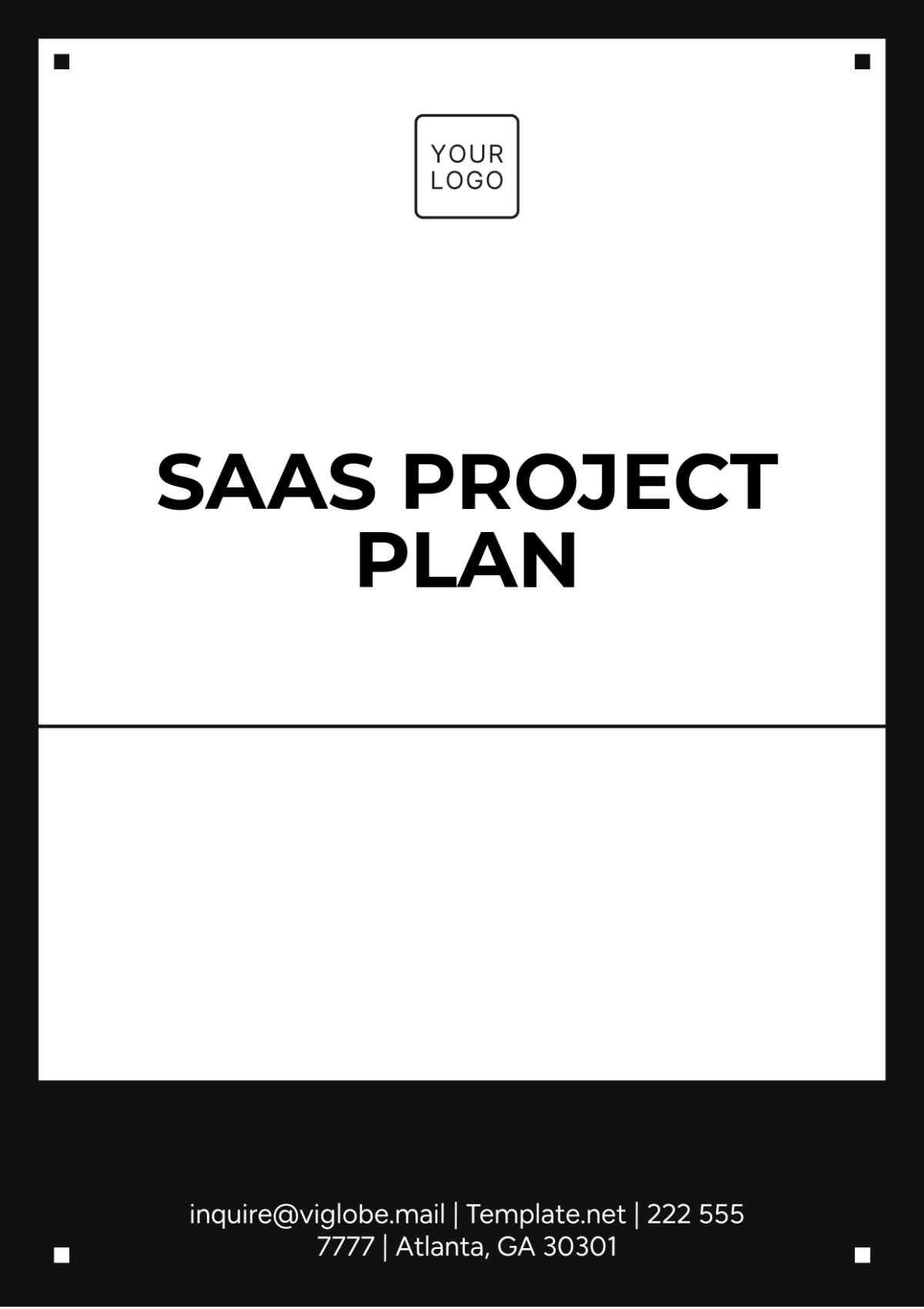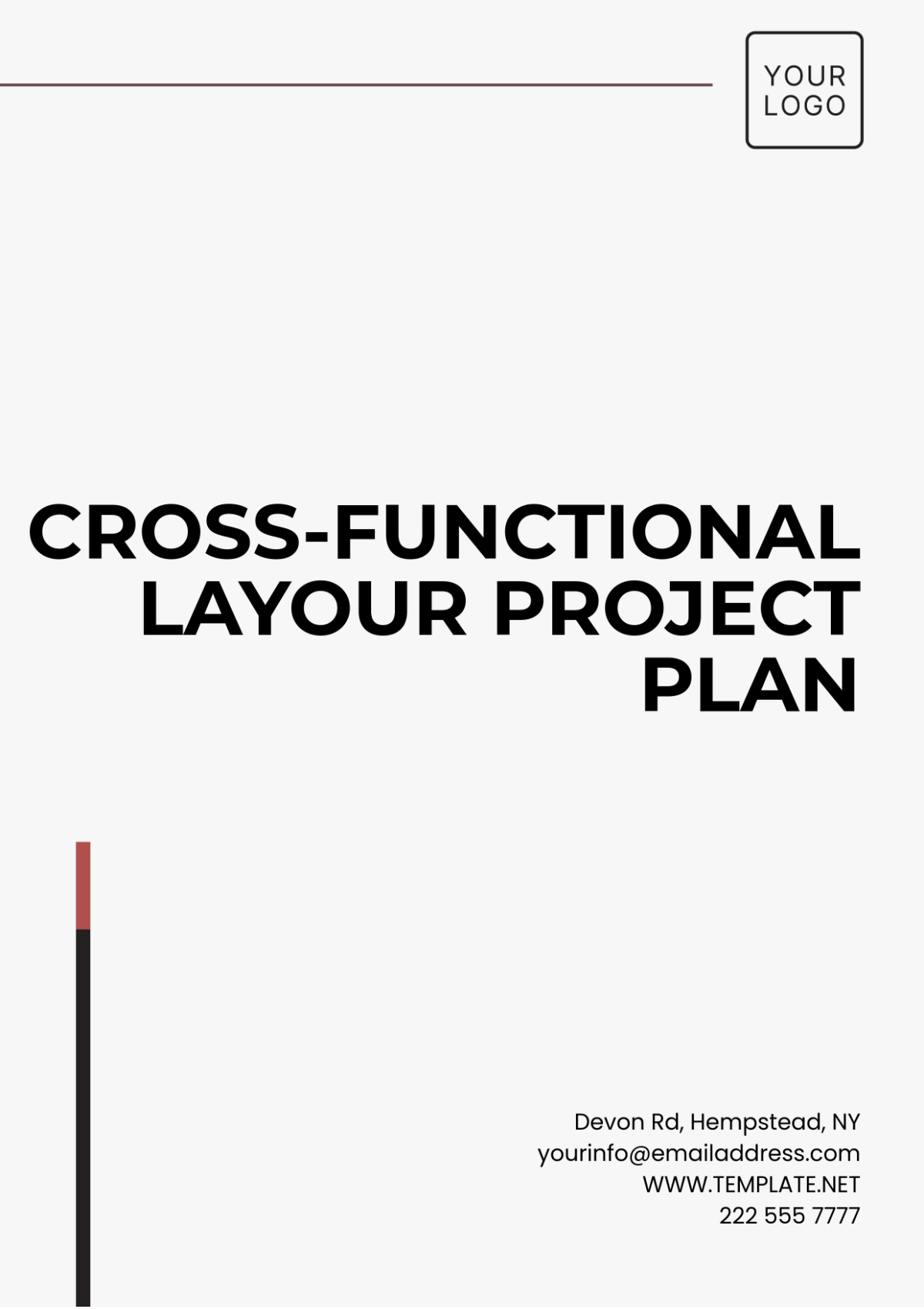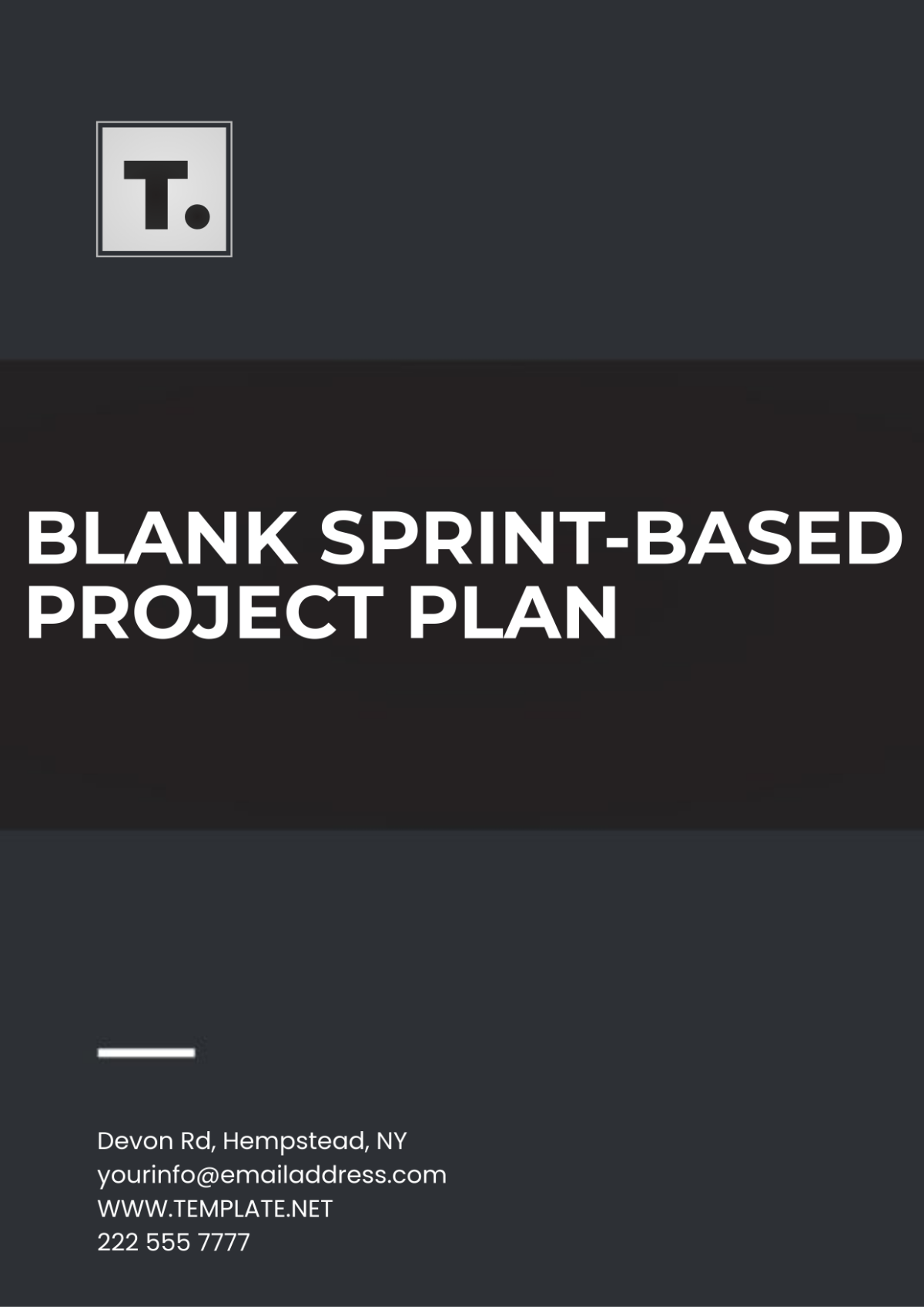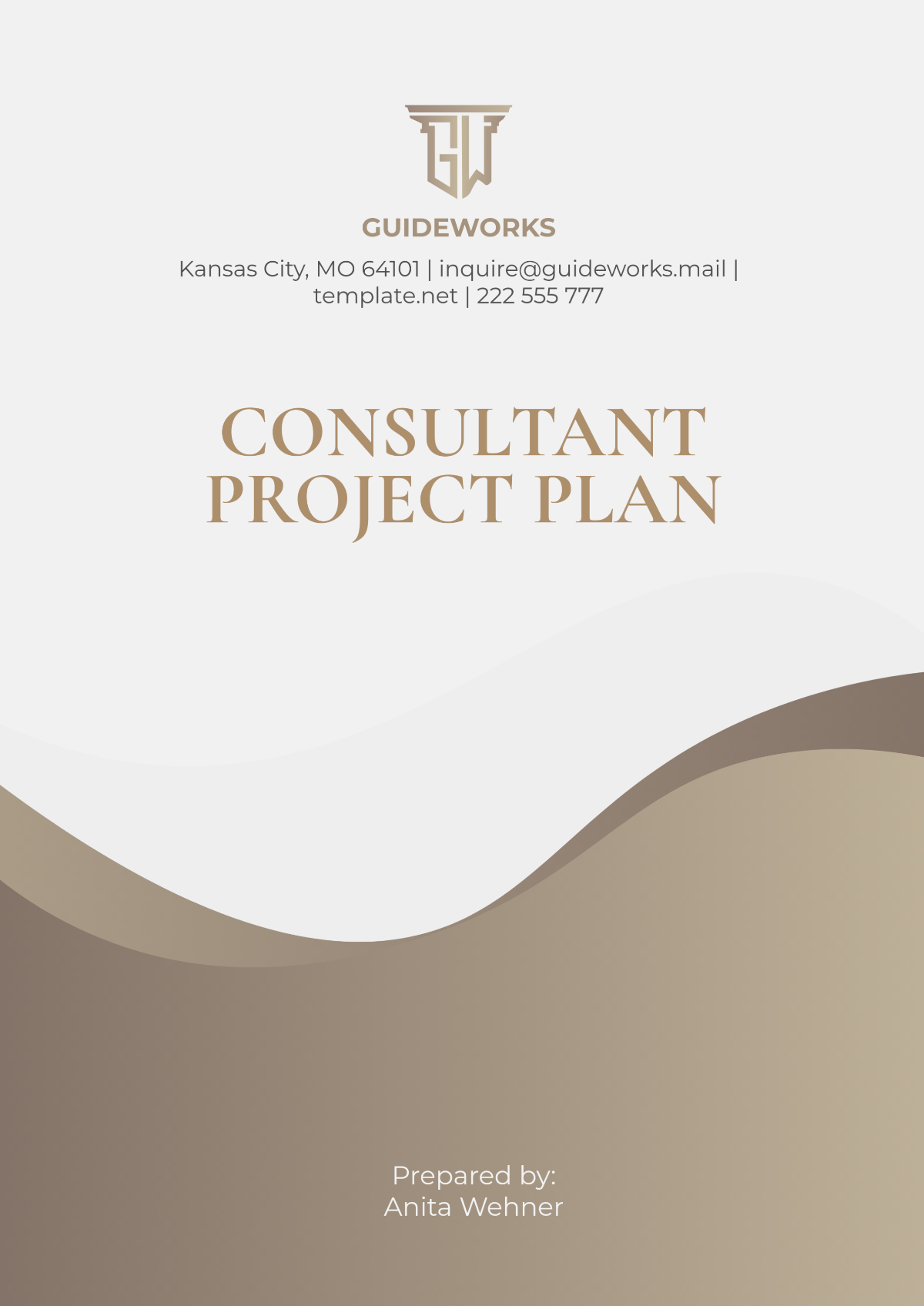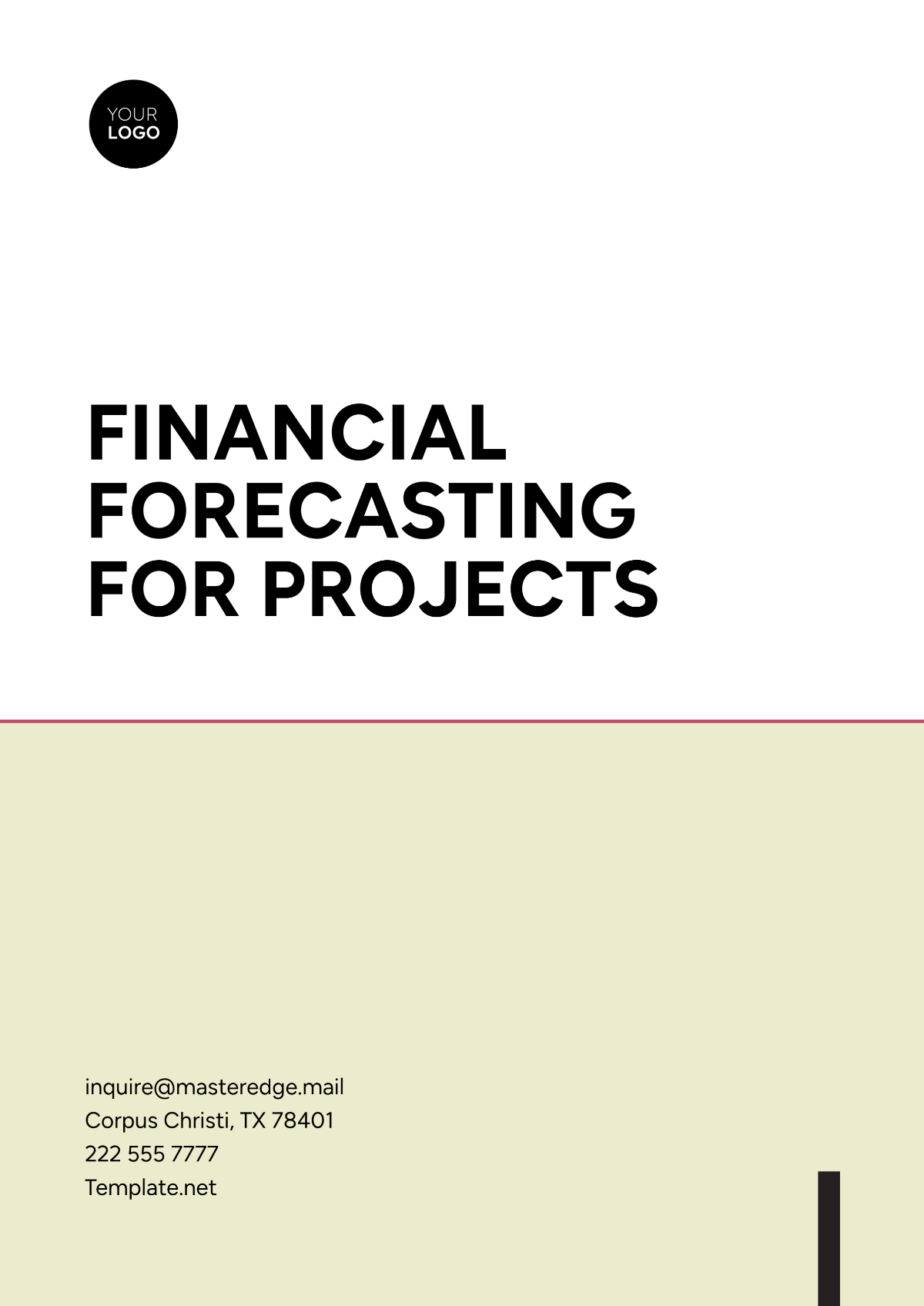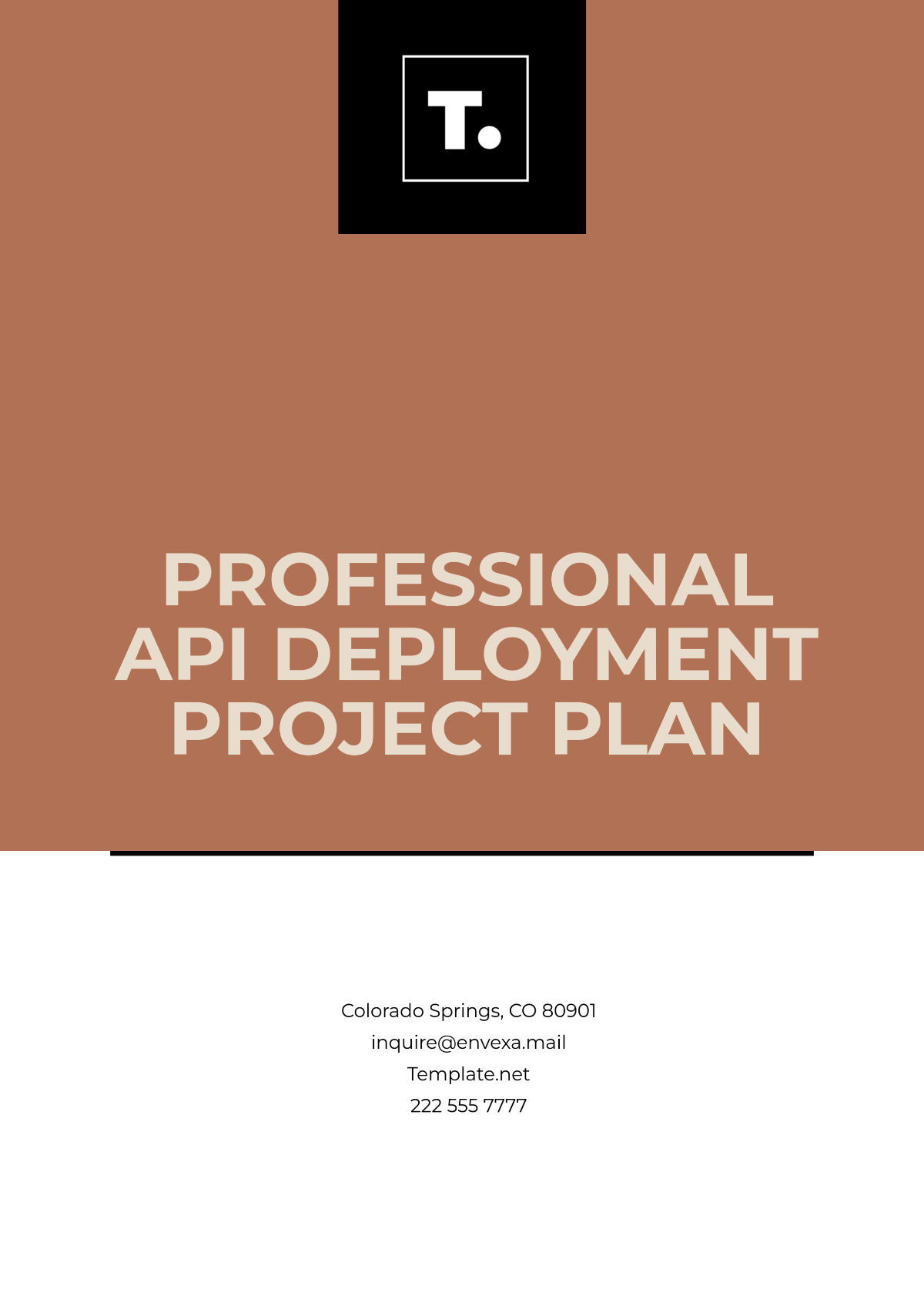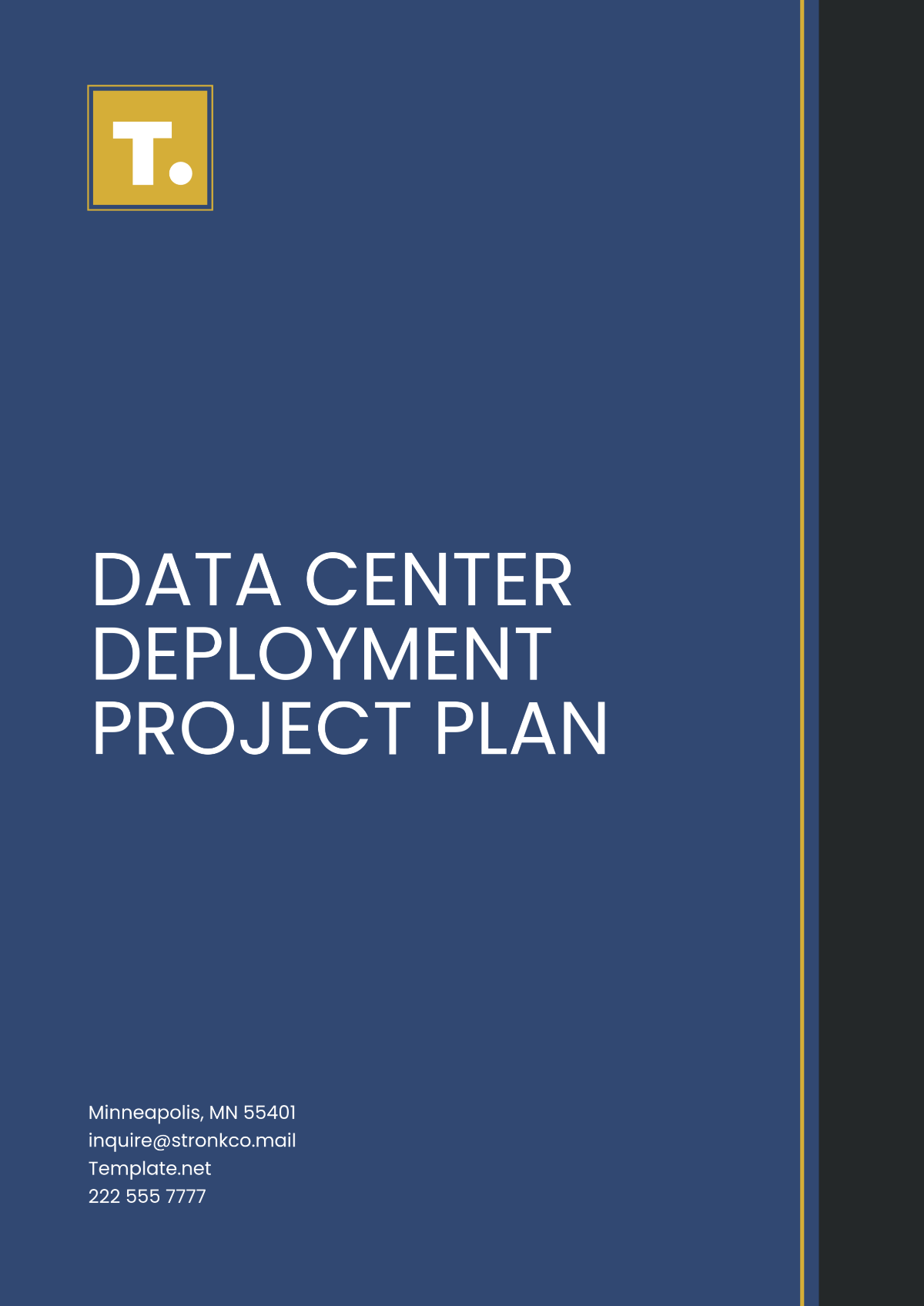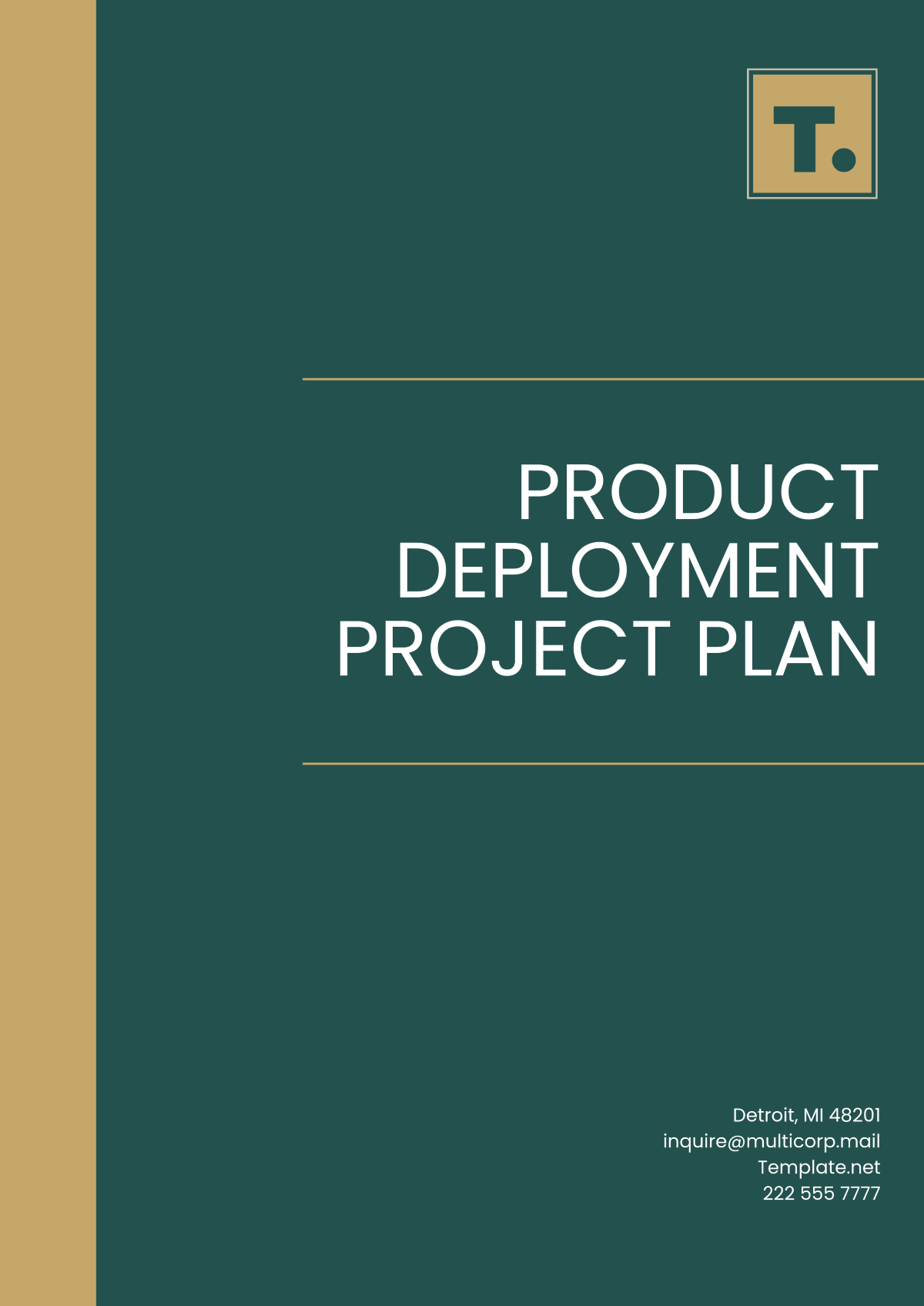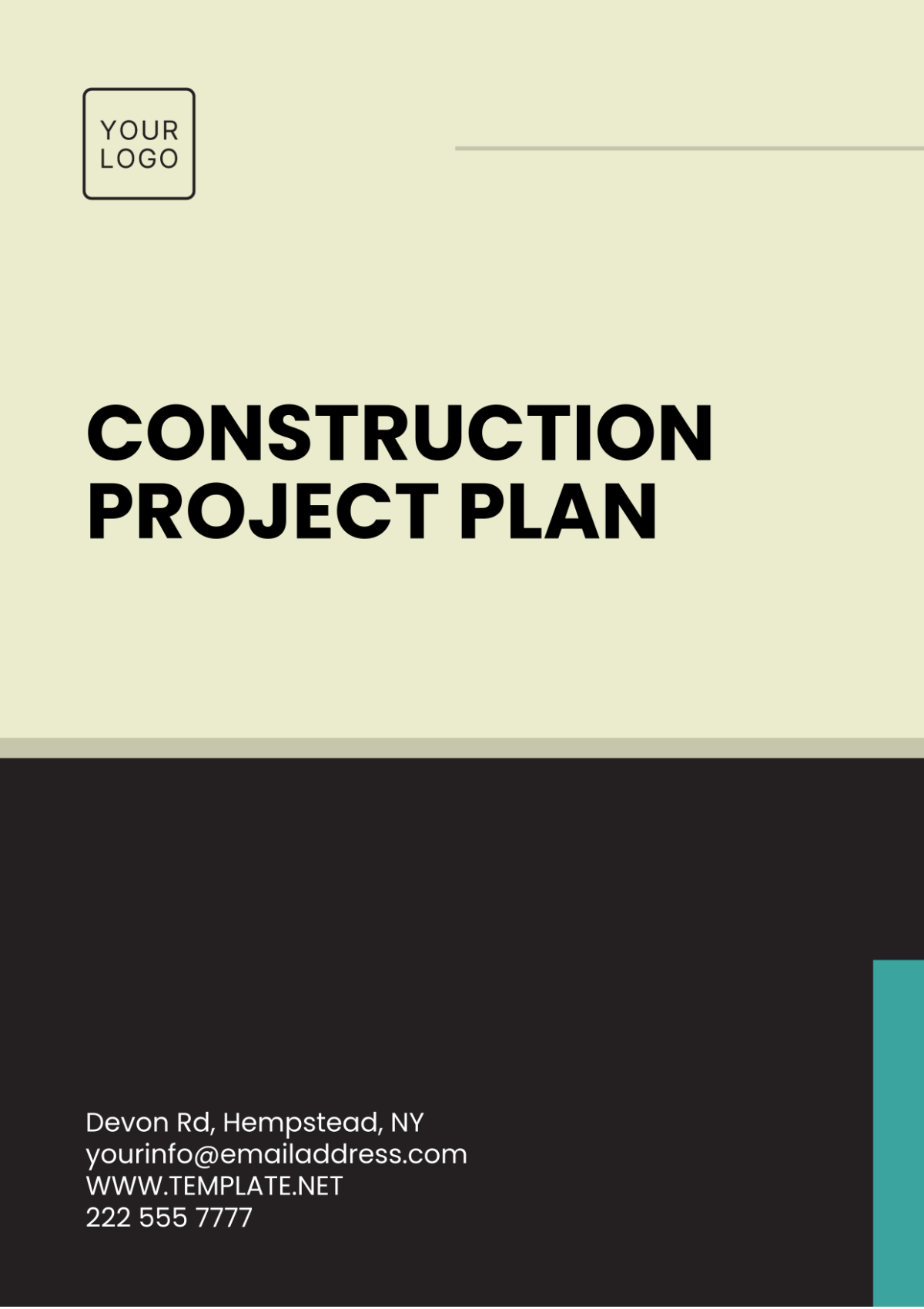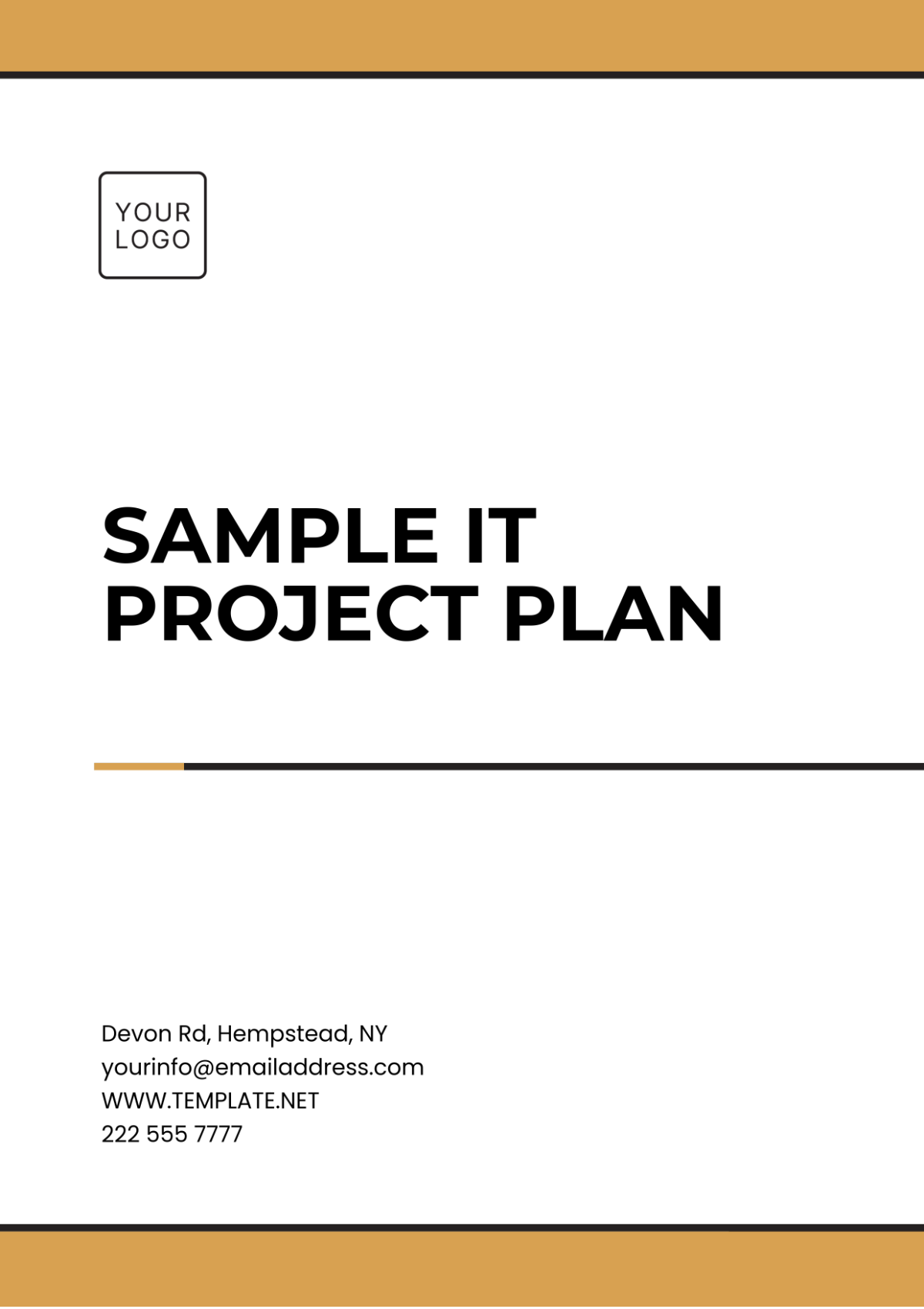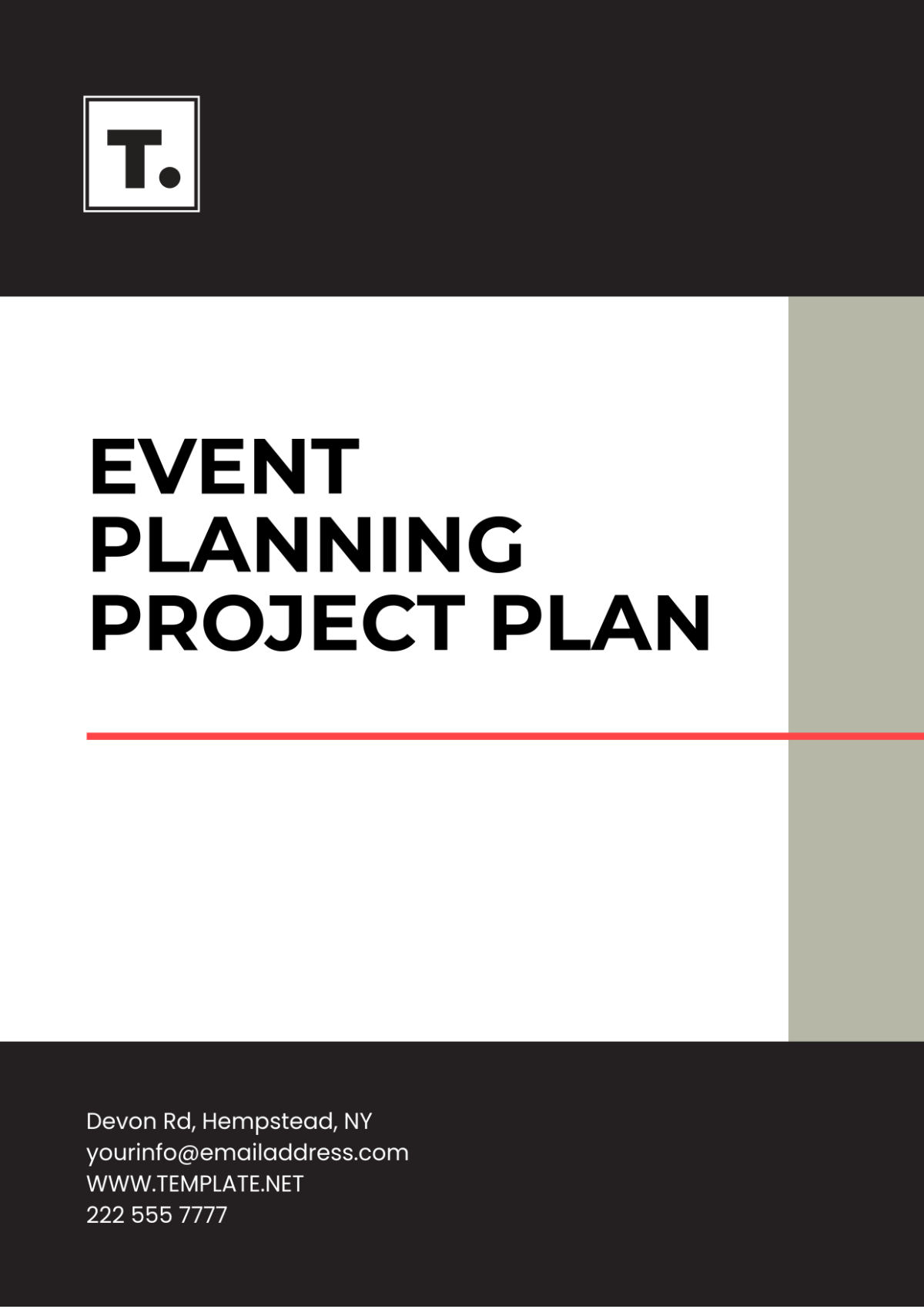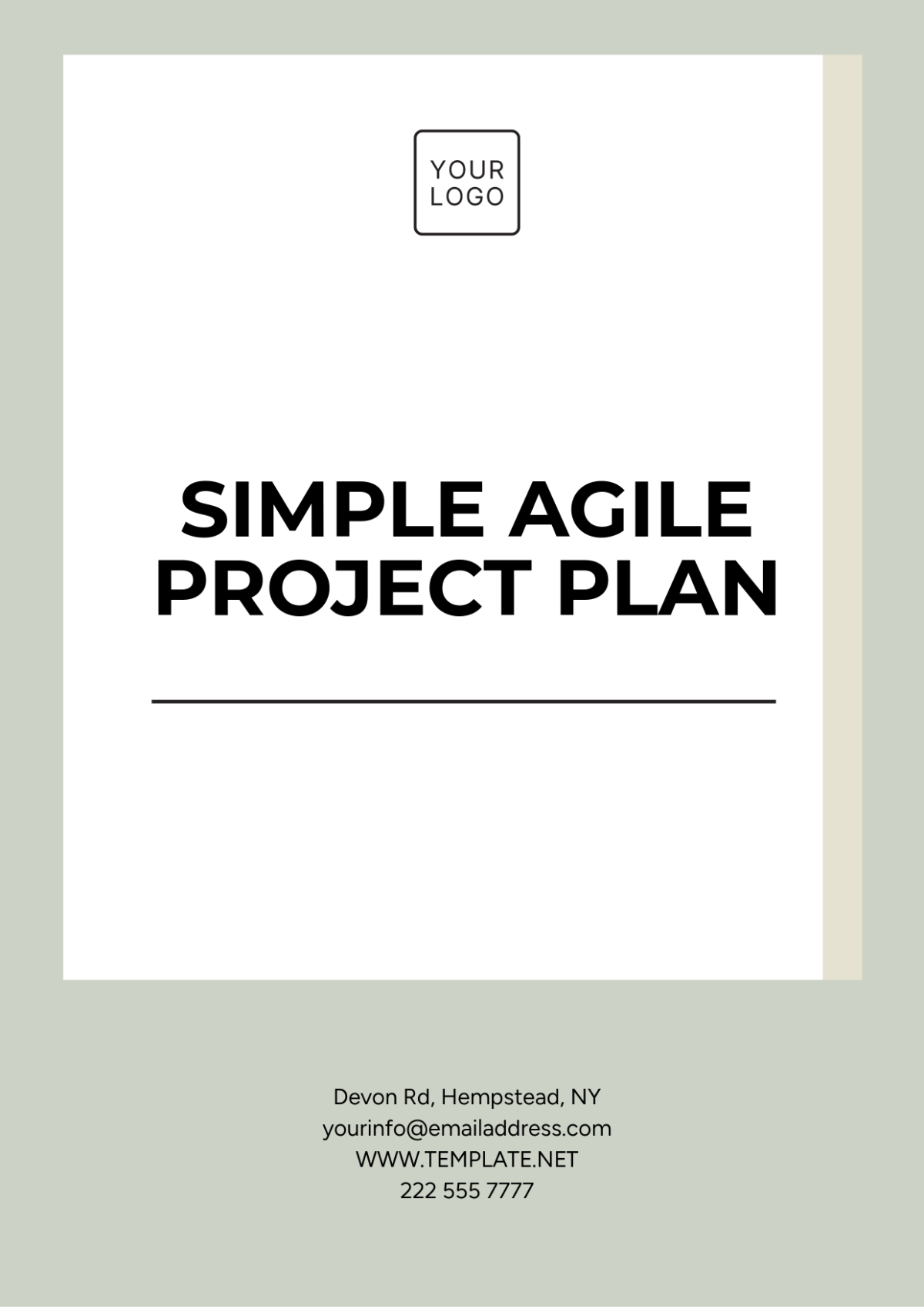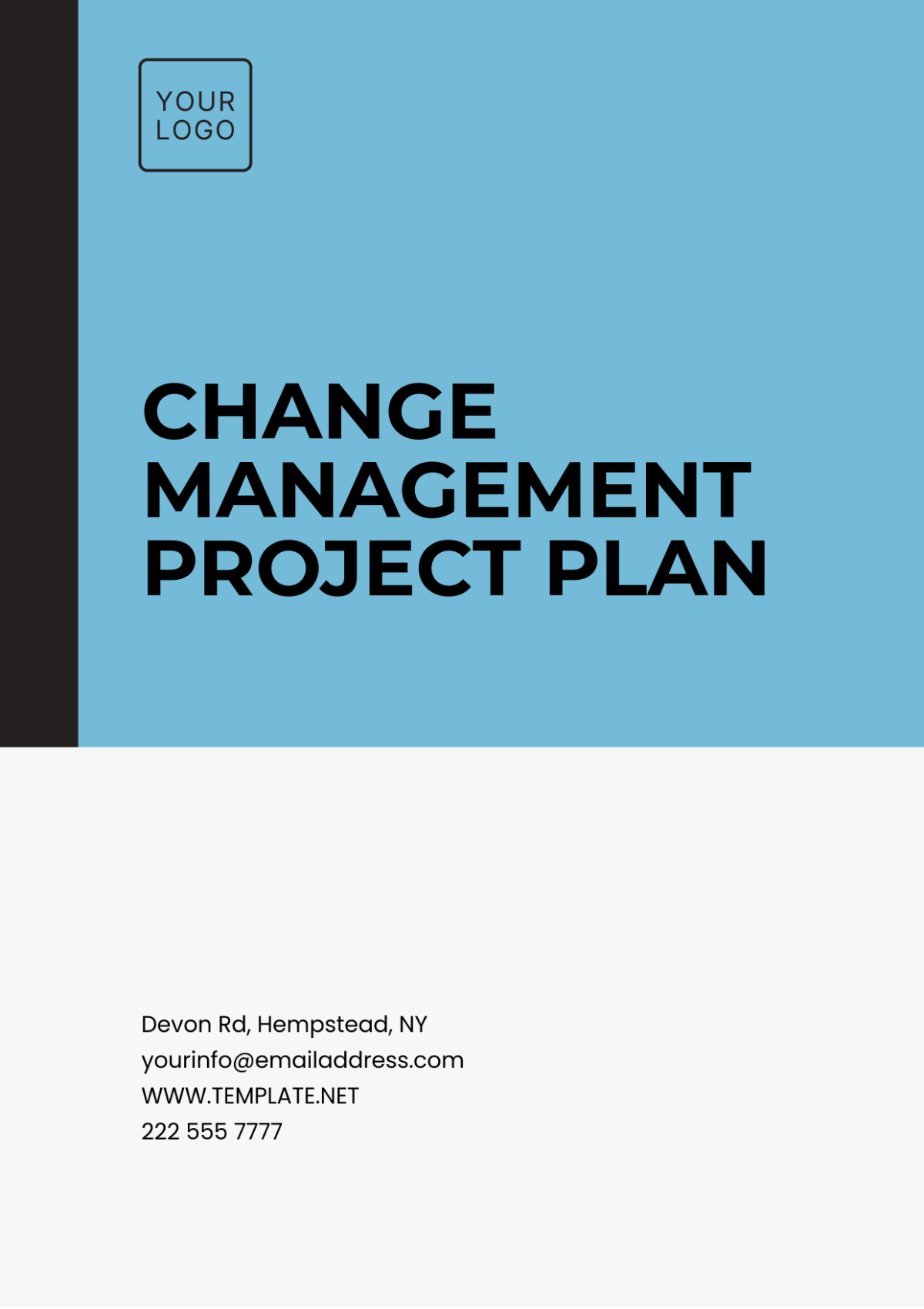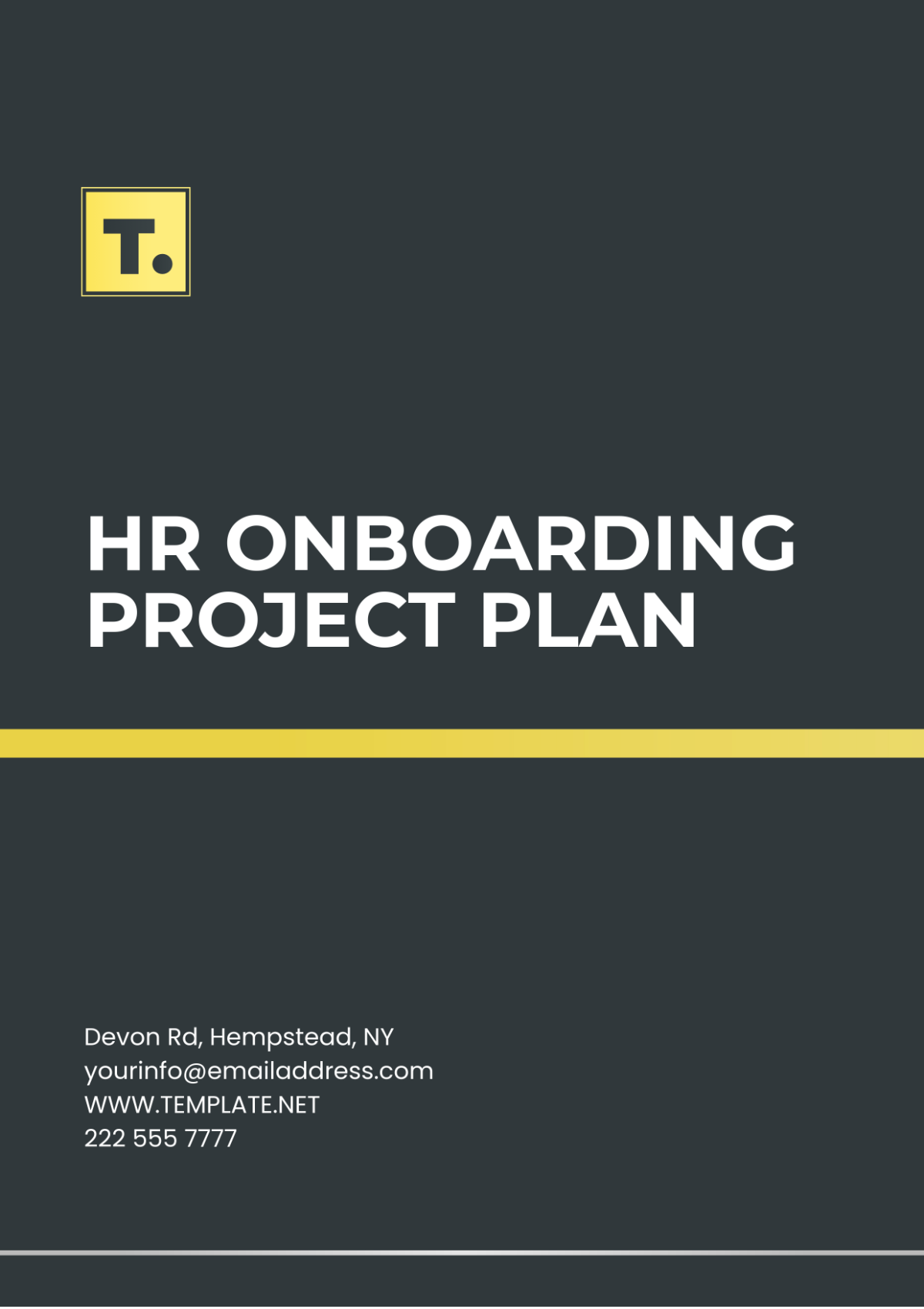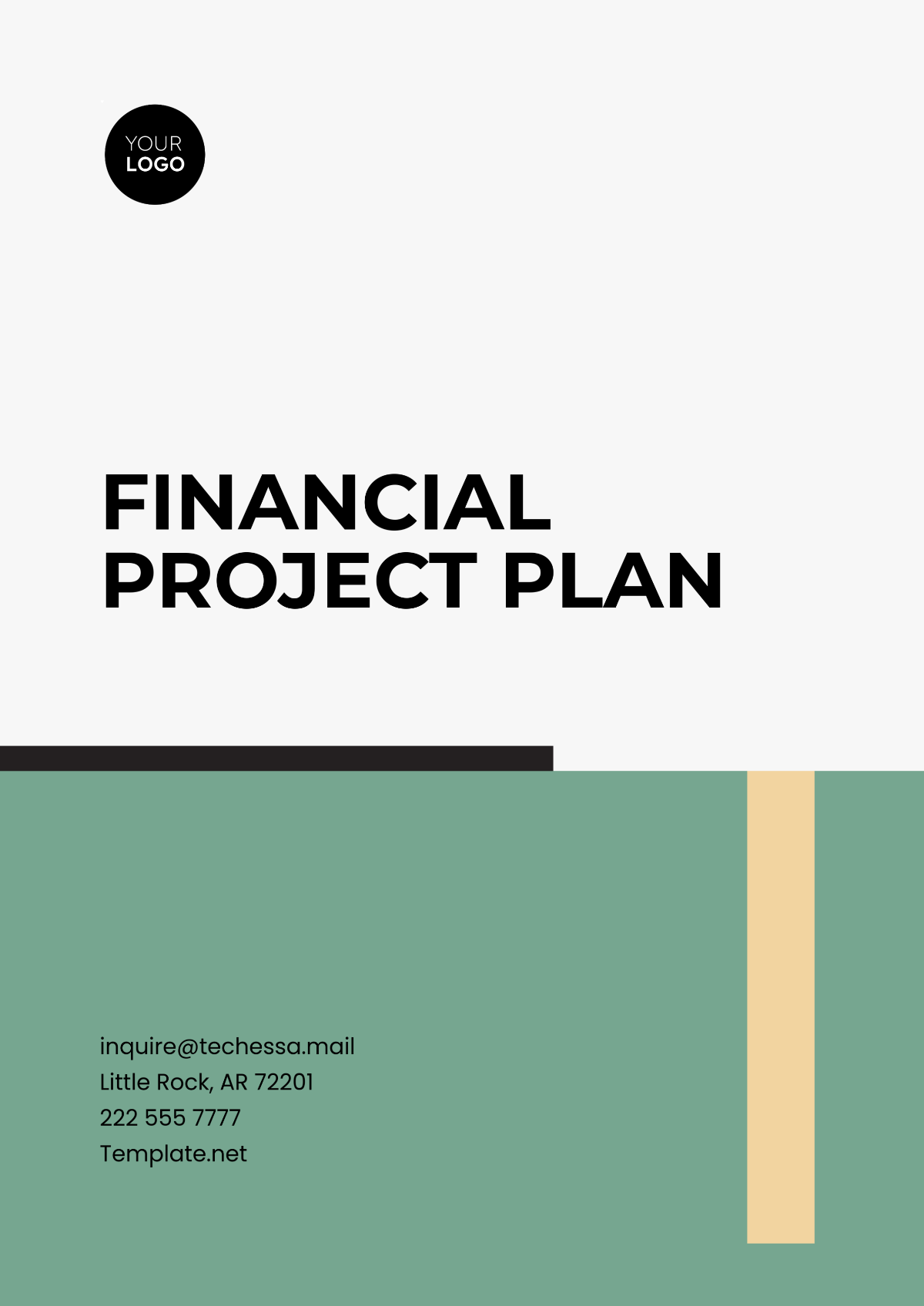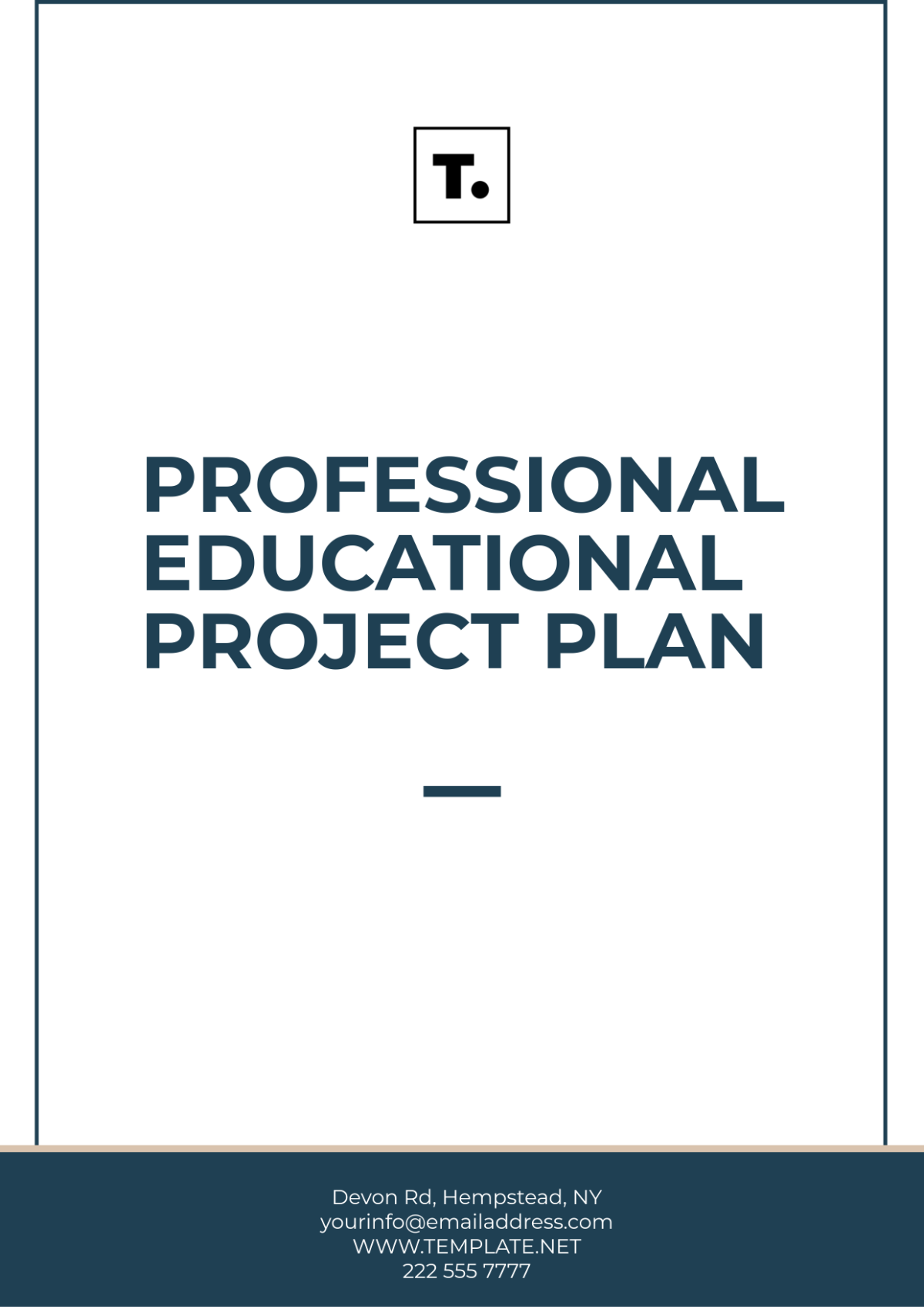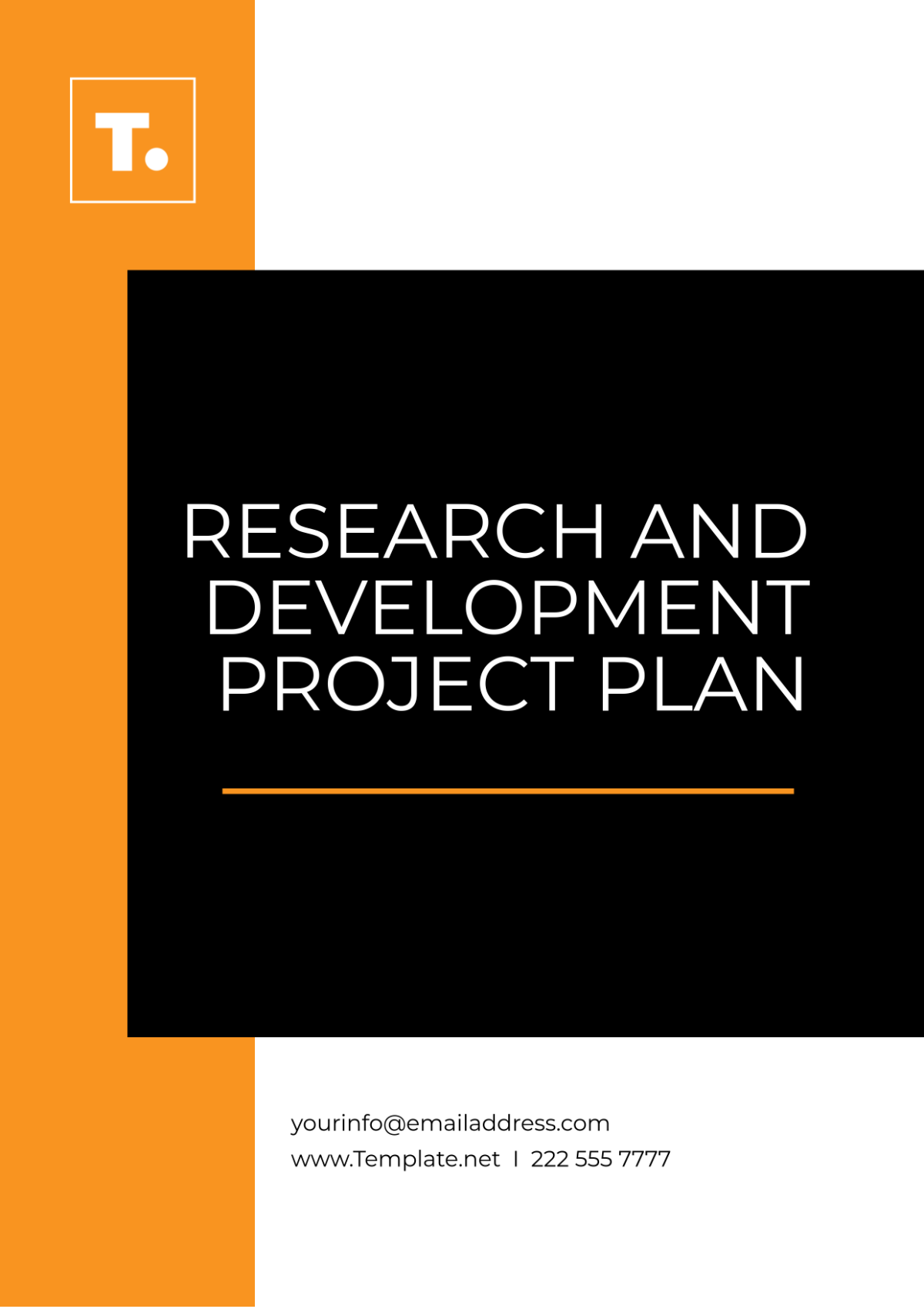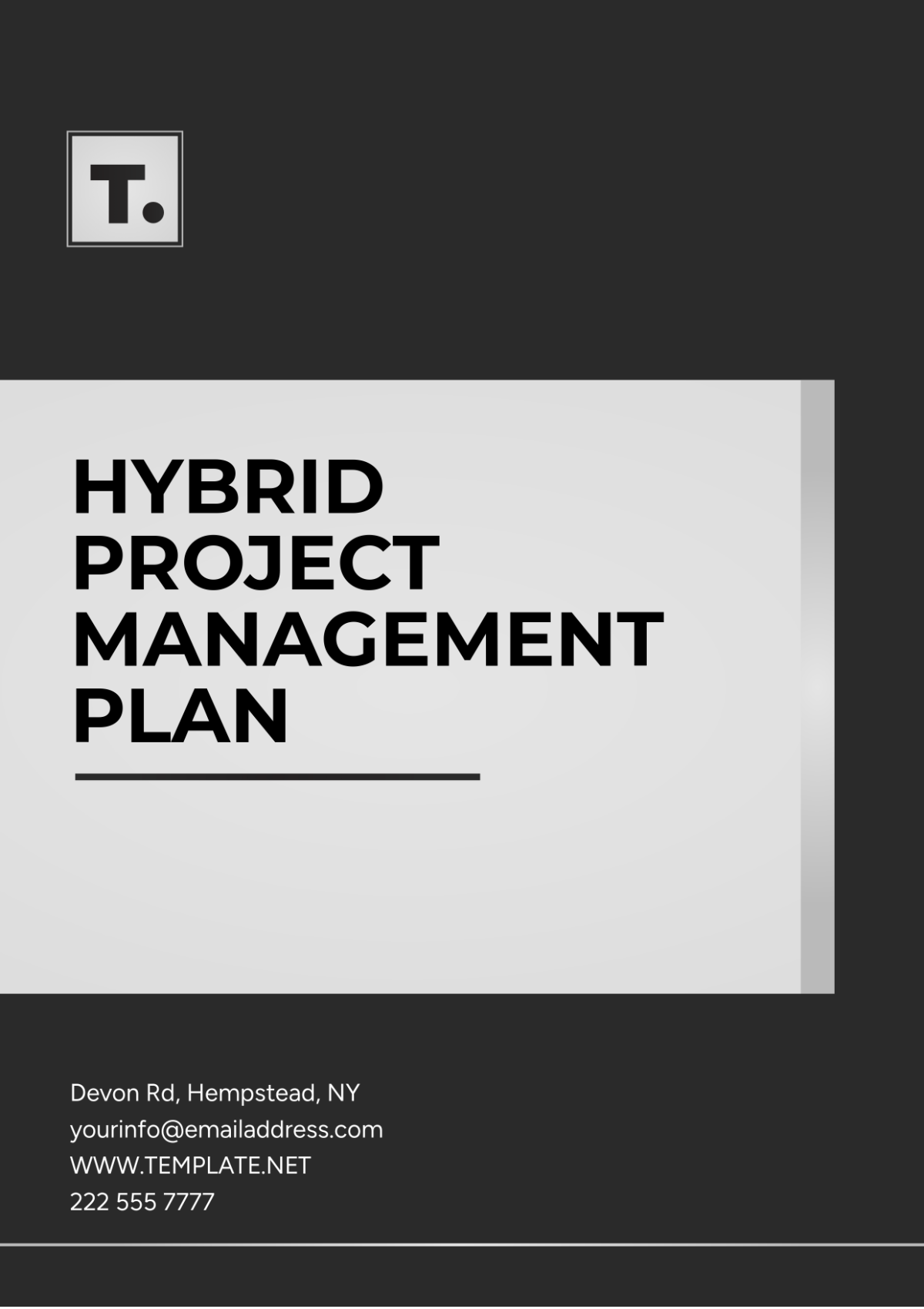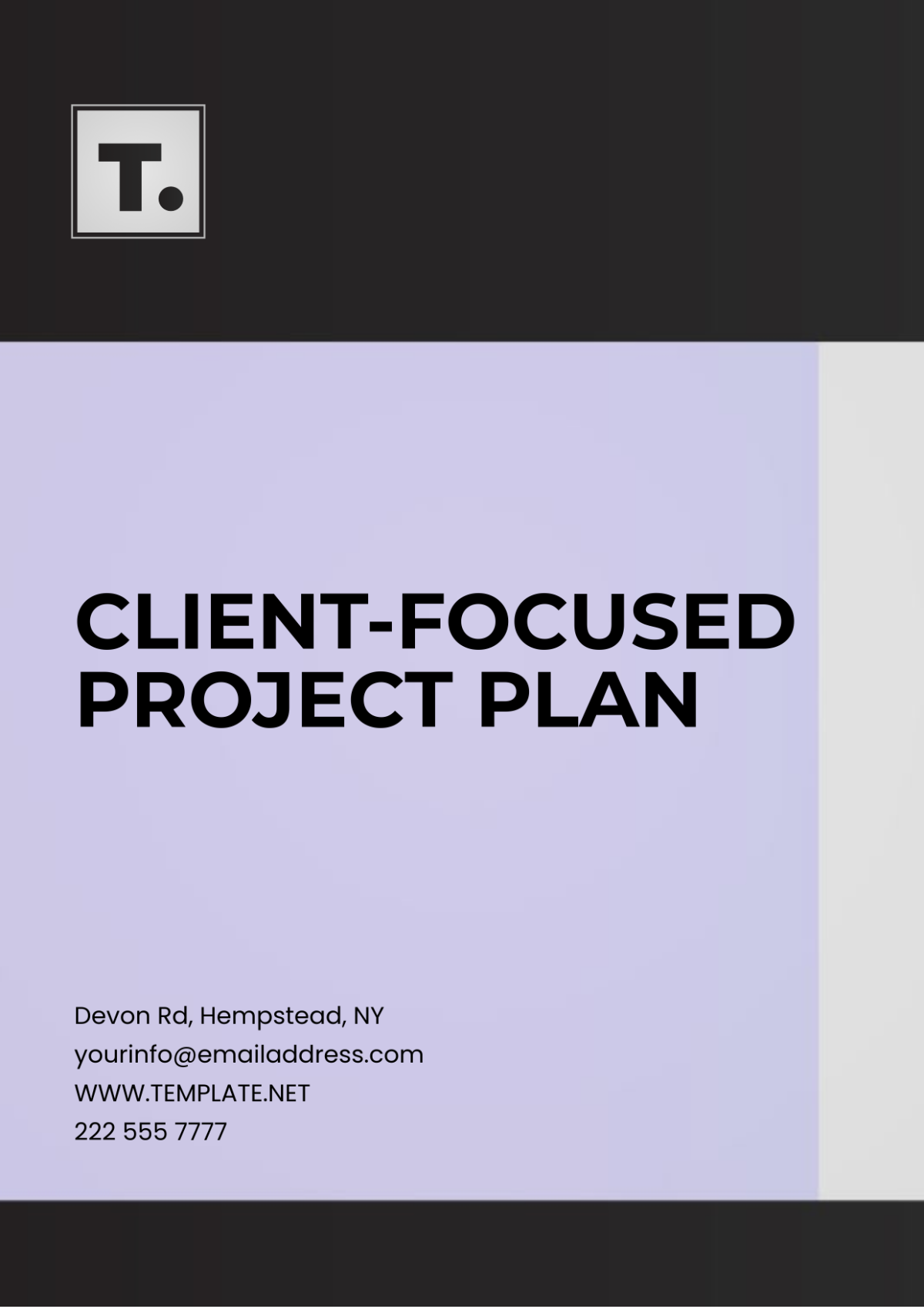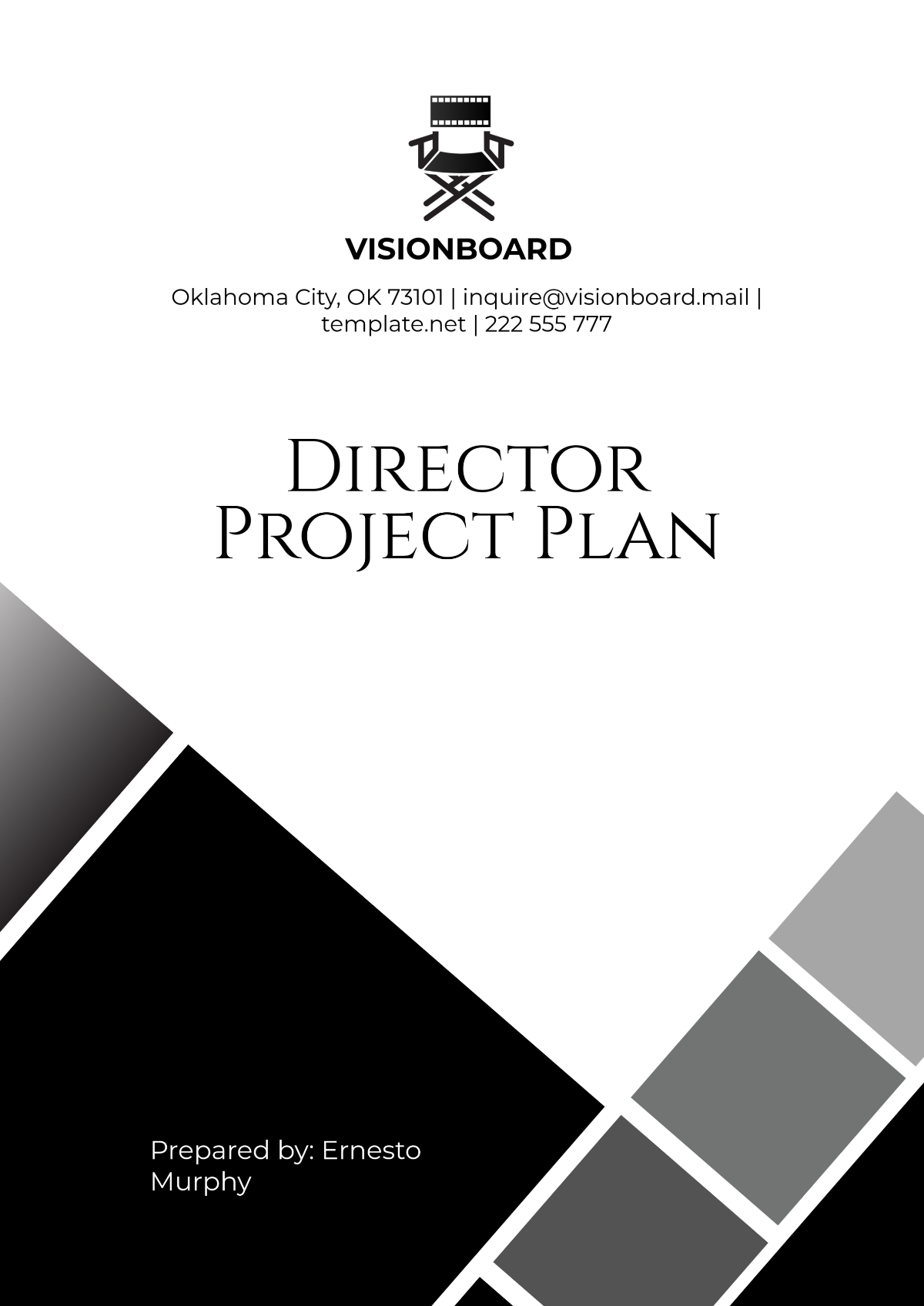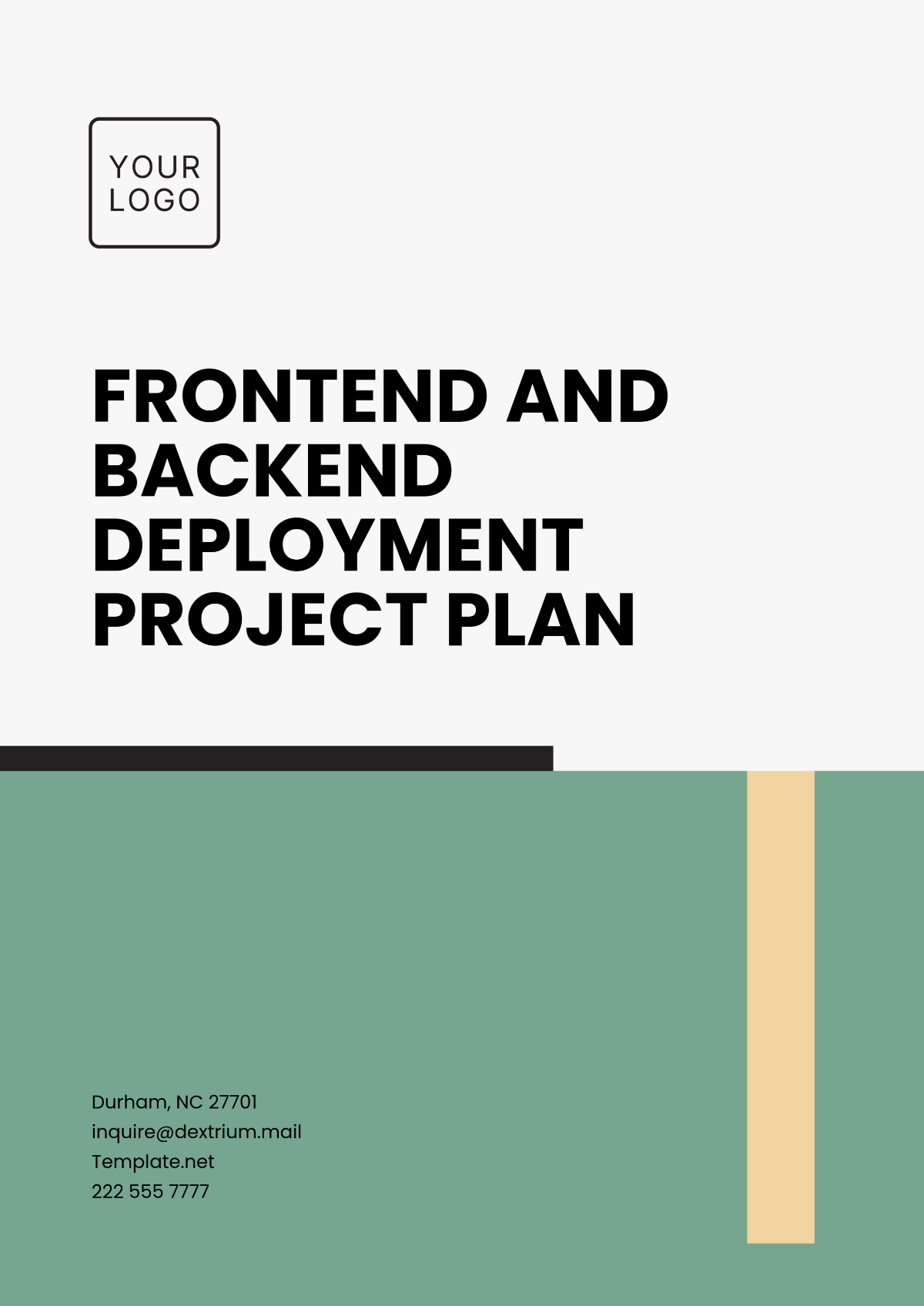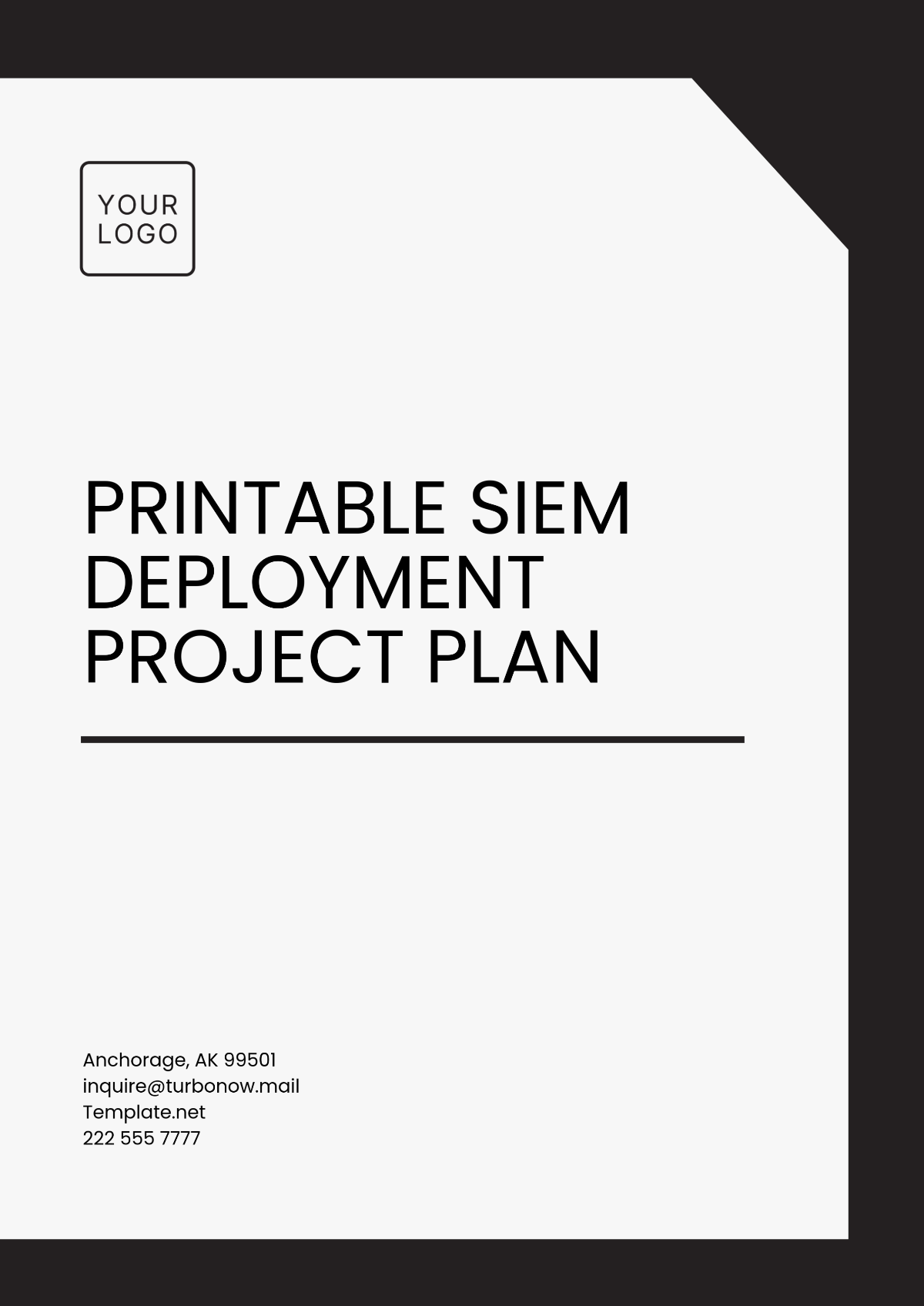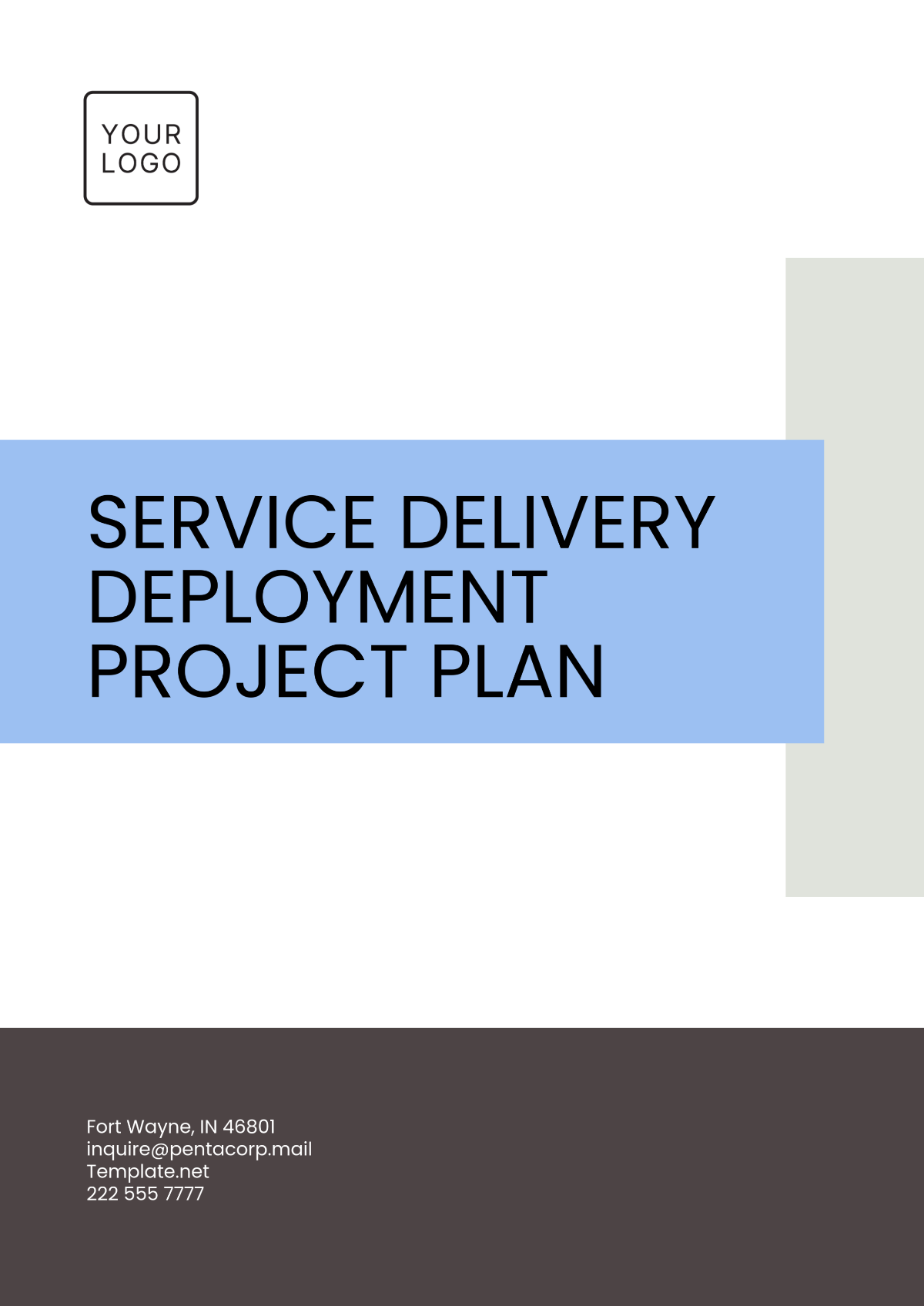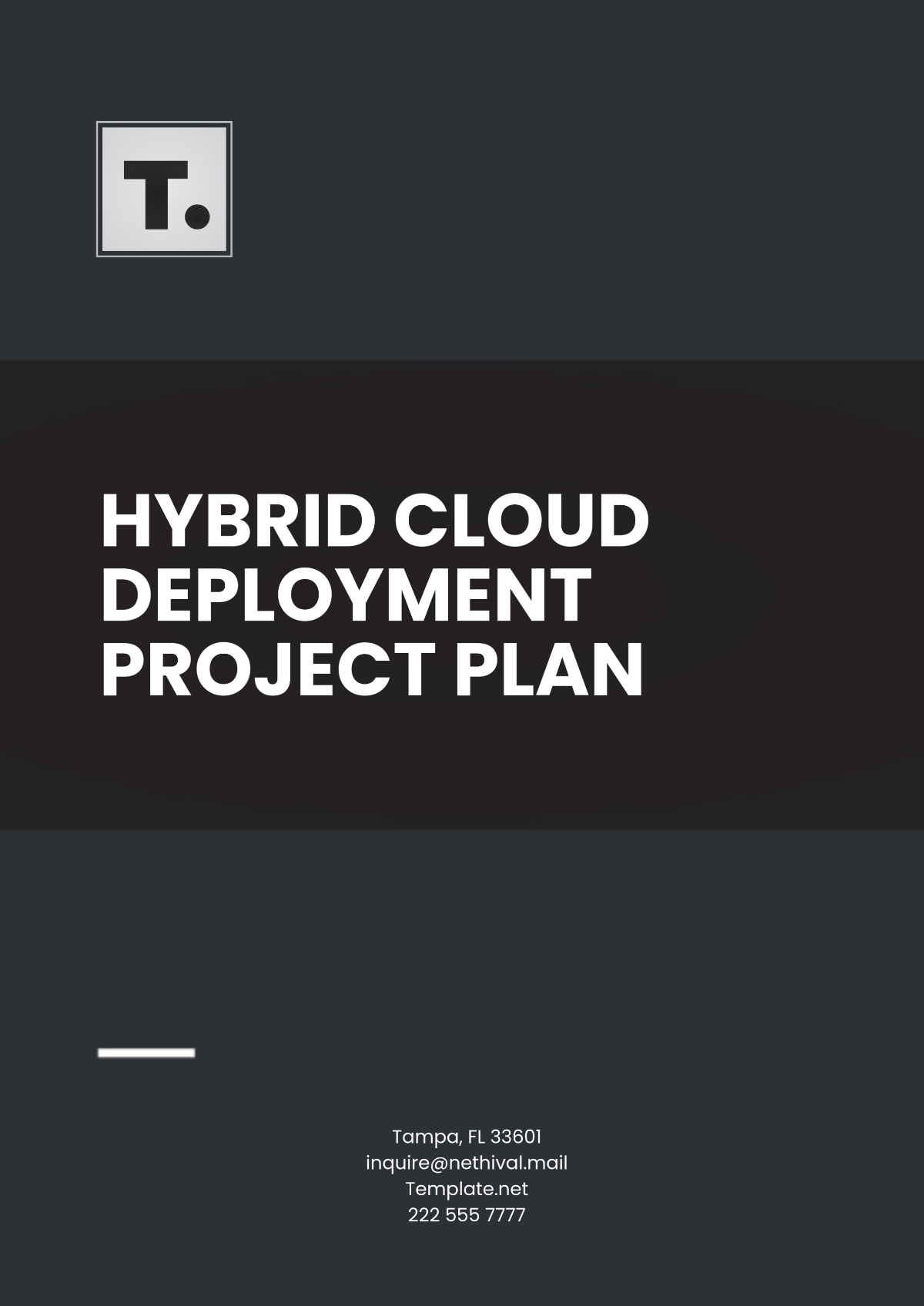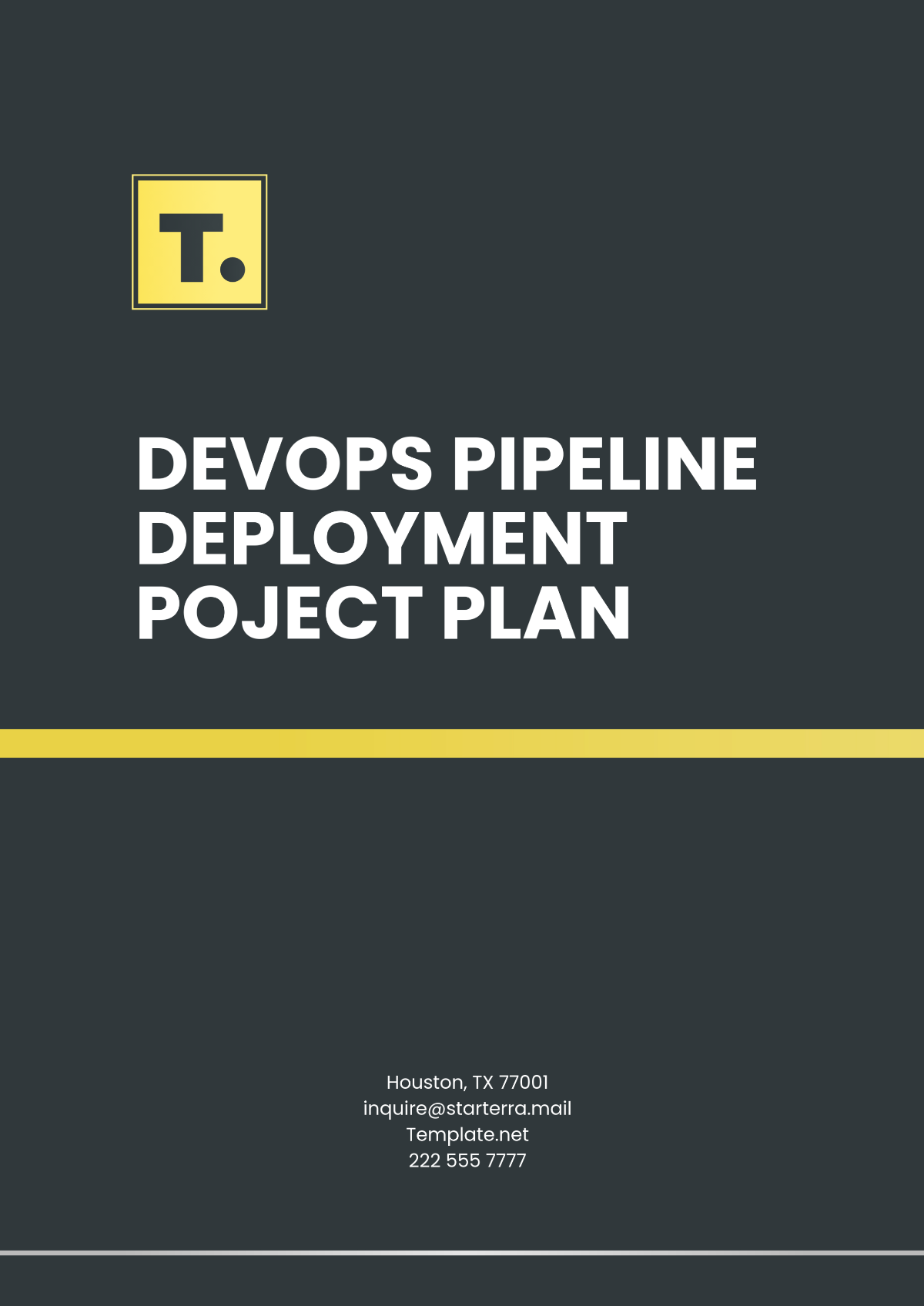Cost Efficiency Project Specification
I. Introduction
The Cost Efficiency Project at [Your Company Name] aims to systematically identify, evaluate thoroughly, and implement various strategic measures to reduce overall operational costs while maintaining or enhancing the quality of our services and products. This document provides a detailed overview of the project, including its specific goals, methodologies, expected outcomes, timelines, and required resources.
II. Project Overview
A. Project Background
The company has faced rising operational costs over the past three years, leading to diminishing profit margins. An internal audit identified several areas with potential for cost savings. This project seeks to systematically address these inefficiencies through thorough analysis and strategic planning.
B. Objectives
Identify Key Cost Reduction Areas: Pinpoint significant opportunities for cost reduction without sacrificing quality.
Develop Actionable Strategies: Create and recommend effective strategies for cost-saving measures.
Achieve Targeted Savings: Attain a minimum of 15% reduction in operational costs within the next fiscal year.
Ensure Sustainable Savings: Implement continuous improvement processes to sustain cost reductions over time.
C. Scope
The project will focus on:
Procurement and Supply Chain Management
Production Processes
Human Resources and Labor Costs
Energy Consumption and Resource Utilization
Technology and IT Infrastructure
III. Methodology
A. Data Collection
Data will be gathered from various departments to provide a comprehensive overview:
Procurement Records and Supplier Contracts
Production Logs and Inventory Data
Employee Timesheets and Payroll Records
Energy Bills and Resource Consumption Logs
IT Infrastructure and Software Usage Reports
B. Data Analysis
The analysis phase will involve:
Trend and Pattern Identification: Detect trends and patterns in operational costs.
Benchmarking: Compare performance against industry standards.
Cost-Benefit Evaluation: Assess the effectiveness of current processes.
Opportunity Assessment: Identify potential areas for cost reduction.
C. Strategy Development
Strategies will focus on:
Supplier Negotiations: Secure better terms with suppliers.
Workflow Optimization: Enhance production processes for efficiency.
Energy Efficiency: Implement measures to reduce energy consumption.
Technology Utilization: Leverage automation and technology for greater efficiency.
Workforce Restructuring: Optimize labor costs through strategic workforce management.
D. Implementation
This phase will include:
Team Formation: Assemble cross-functional teams to drive strategy execution.
Timeline and Milestones: Develop a detailed plan with timelines and milestones.
Budget Allocation: Allocate budget and resources for each strategy.
Progress Monitoring: Track progress and make necessary adjustments.
E. Monitoring and Evaluation
To ensure ongoing success:
Regular Reviews: Continuously review the impact of cost-saving measures.
Strategy Adjustments: Modify strategies based on feedback and performance data.
Stakeholder Reporting: Provide regular updates to stakeholders.
IV. Deliverables
The project will produce:
Comprehensive Cost Analysis Report
Cost Reduction Strategy Document
Implementation Plan with Timelines and Milestones
Monthly Progress and Performance Reports
Final Evaluation and Sustainability Report
V. Timeline
Phase | Start Date | End Date | Duration (Weeks) |
|---|---|---|---|
Data Collection | 01-Jan-2050 | 31-Jan-2050 | 4 |
Data Analysis | 01-Feb-2050 | 28-Feb-2050 | 4 |
Strategy Development | 01-Mar-2050 | 31-Mar-250 | 4 |
Implementation | 01-Apr-2050 | 31-Aug-2050 | 22 |
Monitoring and Evaluation | 01-Sep-2050 | 31-Dec-2050 | 17 |
VI. Resources
A. Team Members
Project Manager
Cost Analyst
Supply Chain Specialist
Production Engineer
HR Specialist
Energy Consultant
IT Specialist
B. Budget
Item | Estimated Cost |
|---|---|
Data Collection | $10,000 |
Analysis Tools and Software | $15,000 |
Personnel and Man-hours | $100,000 |
Implementation Costs | $150,000 |
Monitoring and Evaluation | $20,000 |
VI. Risk Management
A. Potential Risks and Mitigation Strategies
Data Inaccuracy: Implement rigorous data validation and cross-verification procedures.
Implementation Delays: Develop a realistic timeline and regularly monitor progress.
Resistance to Change: Conduct change management workshops and communicate benefits.
Budget Overrun: Monitor expenses closely and adjust allocations as needed.
B. Contingency Plans
Budget Reserve: Allocate an additional 10% of the budget for unexpected costs.
Alternate Resources: Identify backup suppliers and resources.
Flexible Management: Employ a flexible project management approach to accommodate changes.
VIII. Conclusion
The Cost Efficiency Project is a strategic initiative designed to achieve significant reductions in operational costs while upholding high standards of quality and service. By following a structured approach involving data collection, analysis, strategy development, implementation, and ongoing monitoring, the project aims to meet its cost-saving goals effectively and sustainably.

